Customized Proportion and Nose Shape Analysis!
#Low Nose #Bulbous Nose #Hump Nose #High Bridge
Personalized Nose Line Just for You
Types of Rhinoplasty
Your form has been submitted
Thank you %NAME% for submitting your inquiry.
We have received your answers. We will contact you asap.
We faced problems while connecting to the server or receiving data from the server. Please wait for a few seconds and try again.
If the problem persists, then check your internet connectivity. If all other sites open fine, then please contact the administrator of this website with the following information.
TextStatus: undefined
HTTP Error: undefined
Some error has occured.
Customized Proportion and Nose Shape Analysis!
#Low Nose #Bulbous Nose #Hump Nose #High Bridge
Personalized Nose Line Just for You
Types of Rhinoplasty
* Image Model
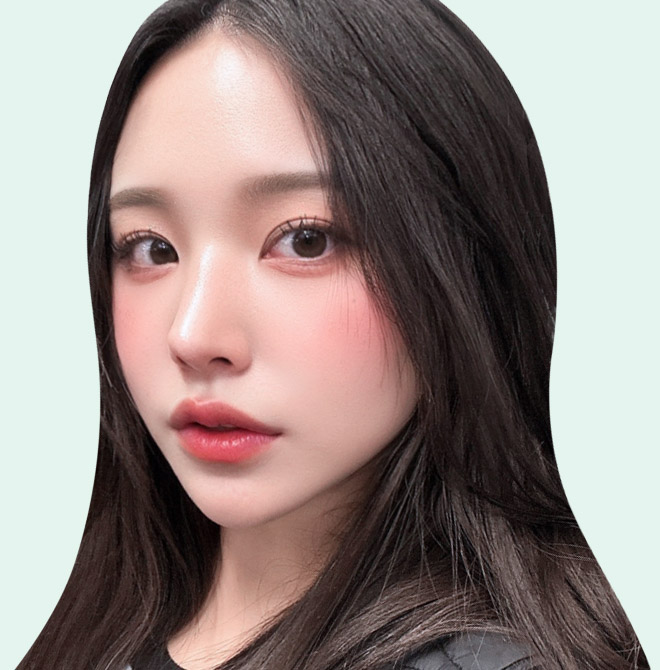
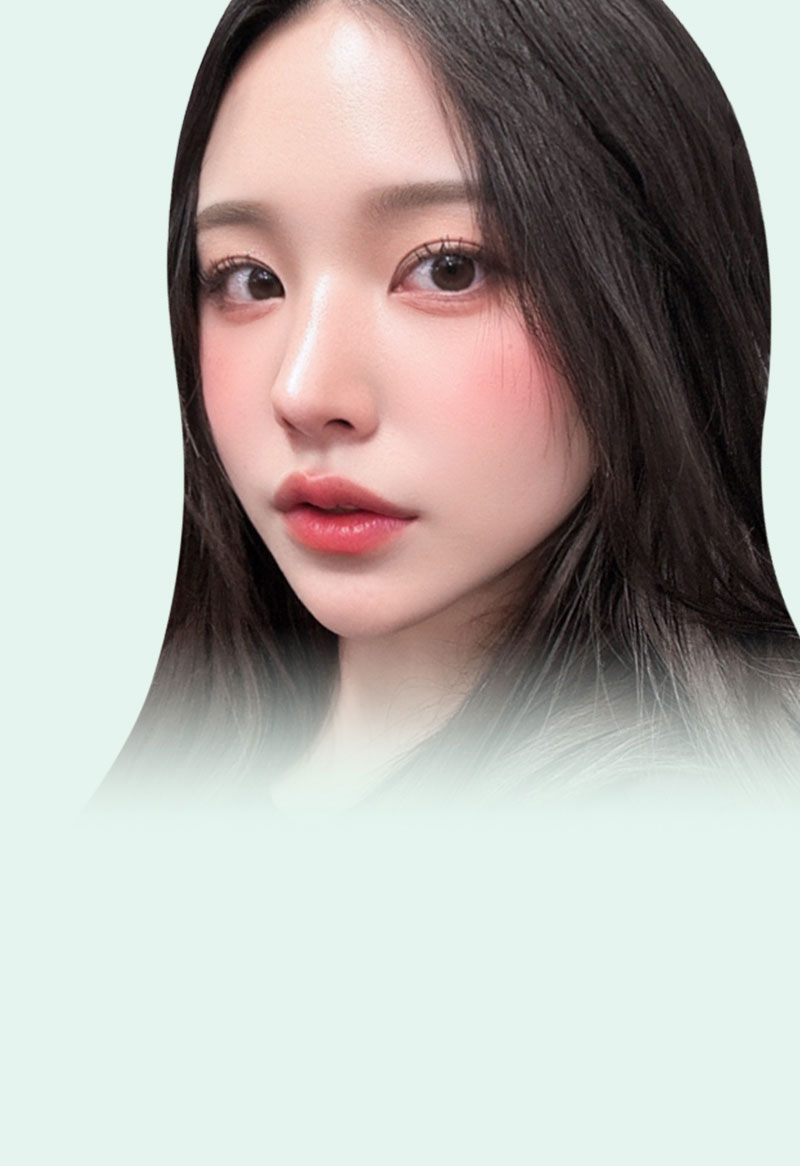
Perfect Proportions,
Sharper Angles
Boost Your Confidence
With Personalized
Rhinoplasty!
VIEW Plastic Surgery’s nose-type-specific
rhinoplasty carefully analyzes the width, height,
and shape of the nose—the centerpiece
of the
face—while considering individual needs and overall
facial proportions to create personalized results that
enhance individuality,
natural balance, and
a three-dimensional appearance.
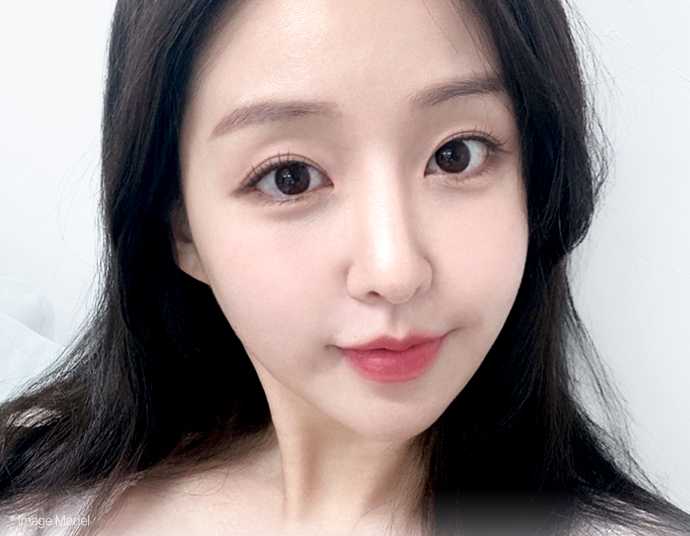
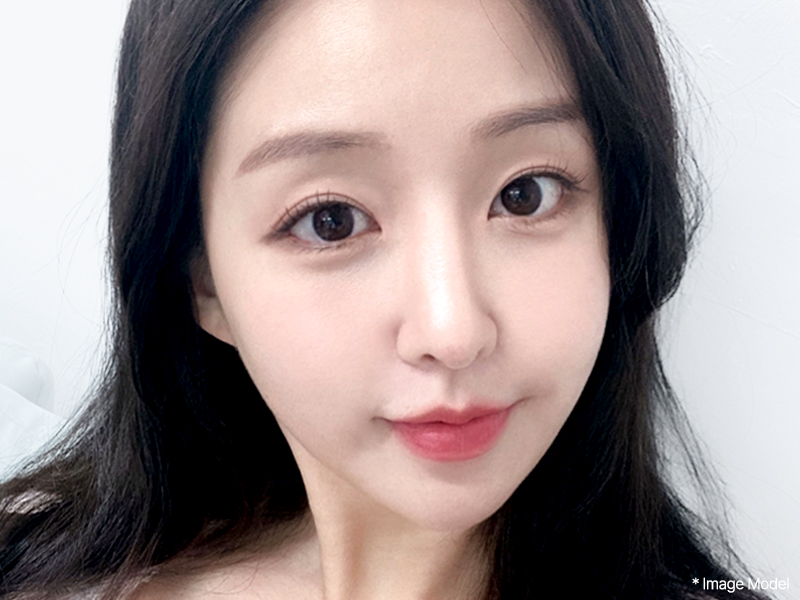
VIEW Is Art!
Rhinoplasty, Of Course,
Starts With VIEW!
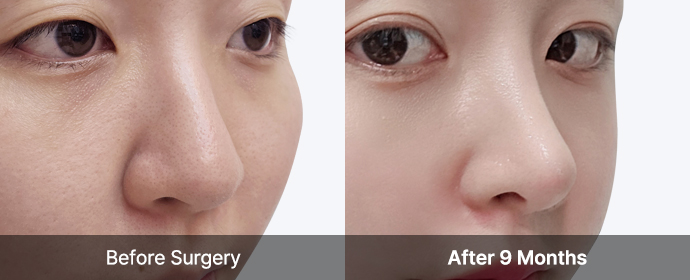

* This image was taken and published with the patient’s consent.
* Surgical results may vary depending on individual circumstances.
Rhinoplasty, “VIEW” Is Art!
Enhance your facial structure by lifting a flat,
low nose bridge to create a naturally defined and
three-dimensional appearance.
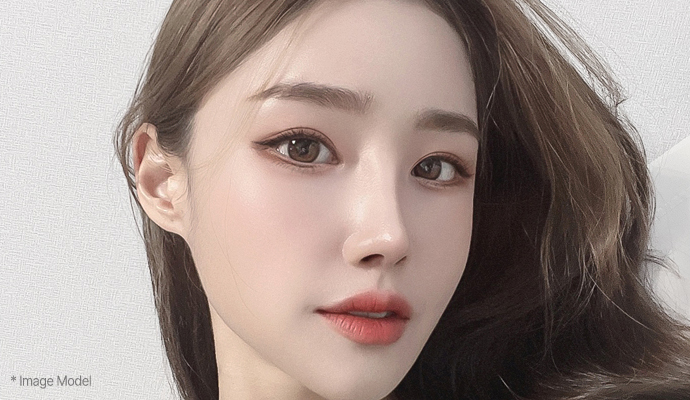
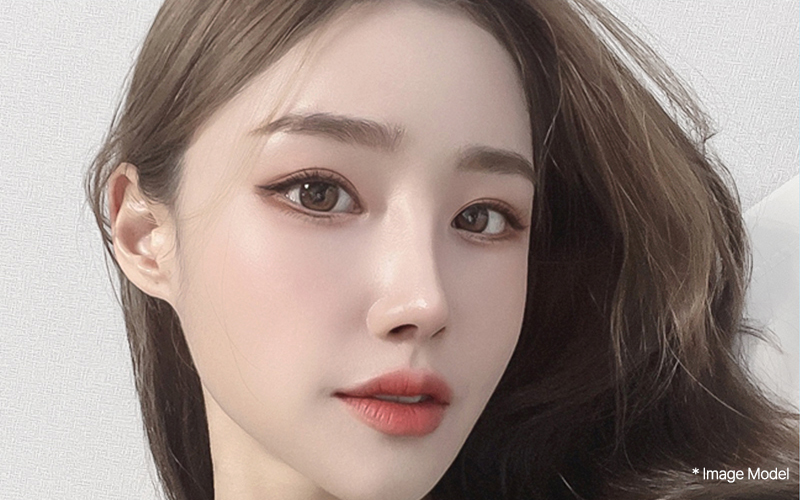
Naturally Enhance a Flat,
Low Nose Bridge
Boost Your Confidence from
Defined and
Balanced Look!
Low nose rhinoplasty is ideal for those with a low bridge or small
nose that lacks definition. By considering the overall balance of
your face, this procedure uses biocompatible implants for the
bridge and autologous cartilage for the tip, creating a naturally
elevated and three-dimensional line from the glabella to just
above the tip of the nose.
Low nose rhinoplasty is ideal for those with a low
bridge or small nose that lacks definition.
By considering the overall balance of your face,
this procedure uses biocompatible implants for the
bridge and autologous cartilage for the tip, creating
a naturally elevated and three-dimensional line
from the glabella to just above the tip of the nose.
Correct a rounded nose tip and wide nasal bridge into a balanced,
ideal line
With precise techniques, reduce scar concerns
Transform into a high, defined nose, boosting your confidence in beauty!
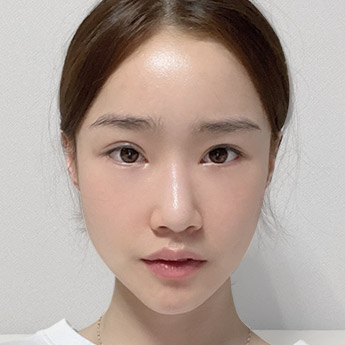
Before Surgery
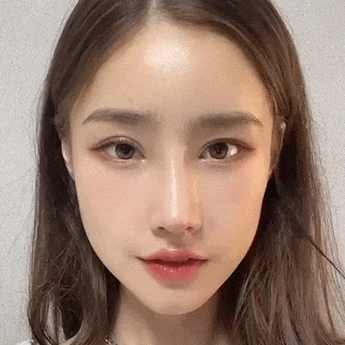
After 2 Months
CASE 01.
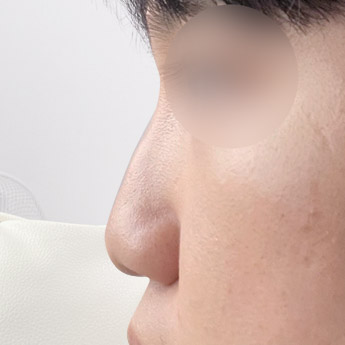
Before Surgery
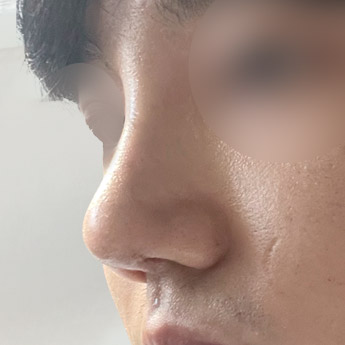
After 2 Weeks
CASE 02.
* This image was taken and published with the patient’s consent.
* Surgical results may vary depending on individual circumstances.
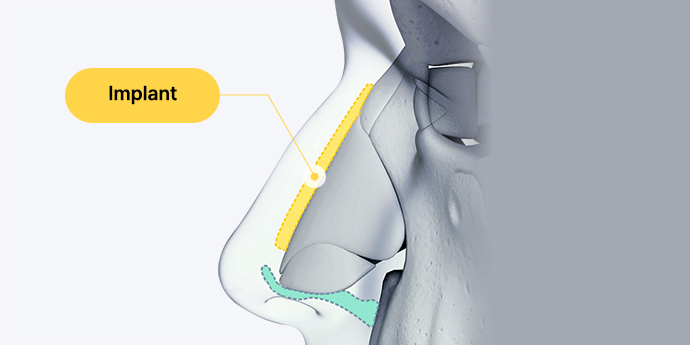
Nose Bridge(Implant)
Design the height and shape of the nose
by considering the face shape,
nose structure,
the distance and length between the eyebrows,
and the forehead line, then insert a biocompatible
custom implant
to elevate the nasal bridge.
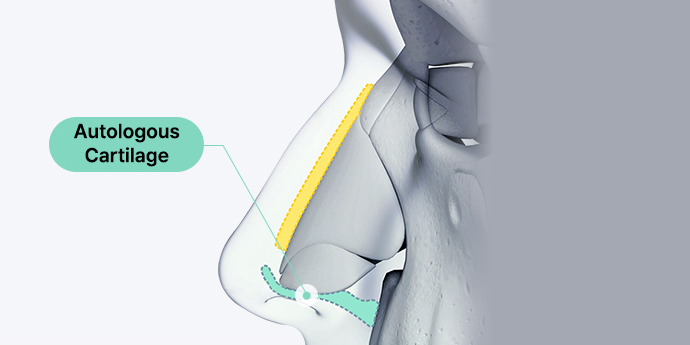
Nose Tip (Autologous Cartilage)
Use autologous cartilage to refine the nose tip,
minimizing foreign sensation while
ensuring a natural line and soft, smooth texture.

| Make incisions inside the nostrils and along the columella (the nasal bridge) |
Method | Makes incision inside the nostrils. |
| This method provides a wider surgical field, enabling precise diagnosis of the internal nasal structure and accurate implant placement through direct visualization inside the nose. |
Features | The advantage is that the scar is not visible because the incision is made only on the skin inside the nostril, but the disadvantage is that it is difficult to secure a view because the small space inside the nose is used. |
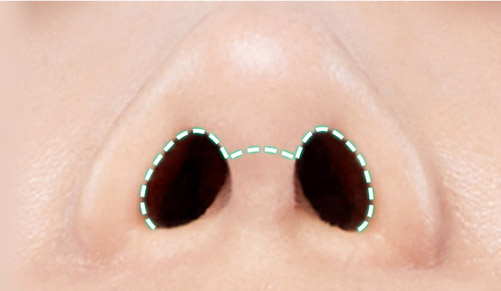
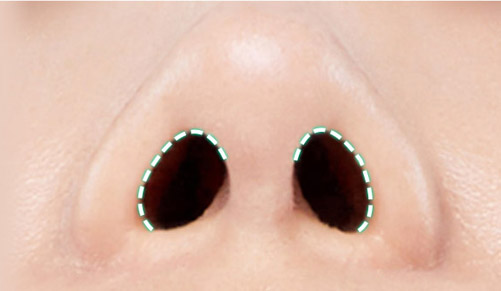
Rhinoplasty “VIEW” Is Art!
We assess the height and thickness of the nostrils,
nasal tip, and nasal bridge to create the perfect
solution for a slim and refined nose line,
transforming
your appearance into a more sophisticated look.
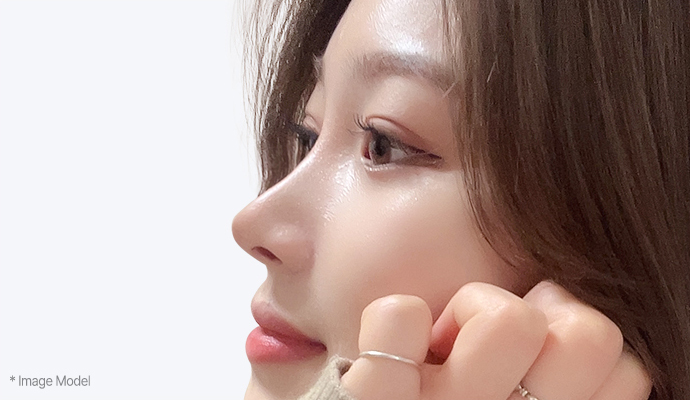
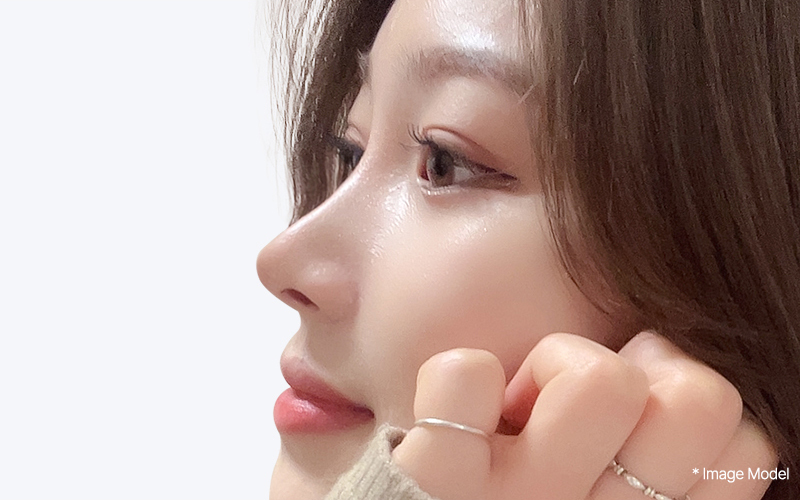
A dull appearance caused
by a rounded and blunt nose,
Transform Into a Sleek and
Sophisticated Look!
Bulbous nose rhinoplasty refines a wide nasal base
and thick nasal tip
while enhancing the bridge to
create a naturally elevated, slim, and
harmonious
nose line tailored to your facial proportions.
Accurately analyzing the thickness and size of the nasal tip,
as well as the shape of the bridge and tip.
Remove soft tissues and refine cartilage to create a sharp,
slim nasal tip.
Enhance the nose bridge to match the proportions of the nasal
tip and face, resulting in a sophisticated look.
With VIEW’s expertise, scarring concerns are minimized.
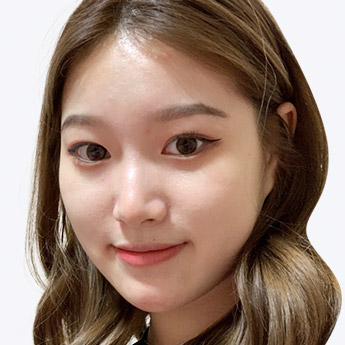
Before Surgery
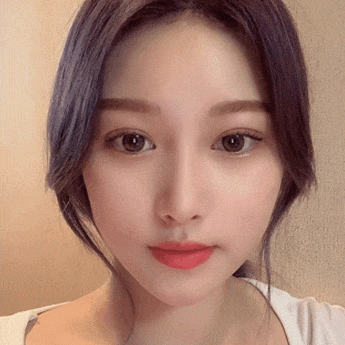
After 7 Months
CASE 01.
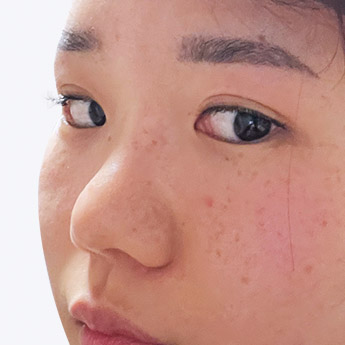
Before Surgery
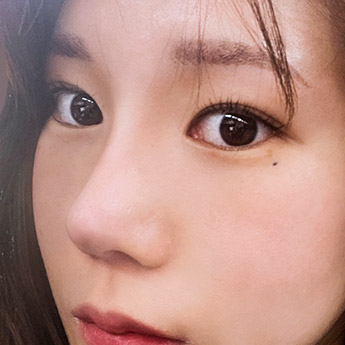
After 5 Months
CASE 02.
* This image was taken and published with the patient’s consent.
* Surgical results may vary depending on individual circumstances.
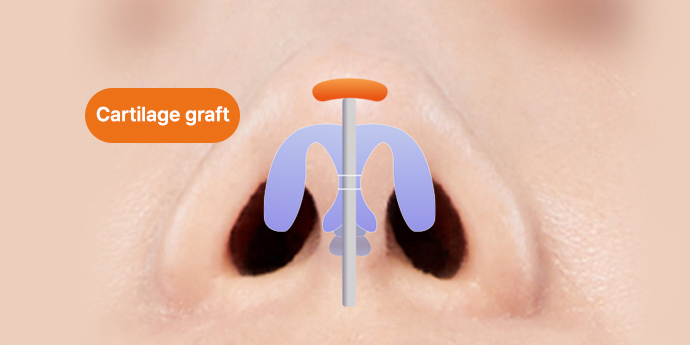
CASE 1. When the Nasal Cartilage is
Large or Wide
The cartilage is trimmed and sutured to reduce
its size and width,
while autologous cartilage is
grafted to create a stable support base,
resulting in a sharp and refined nose shape
that looks elegant
from every angle.
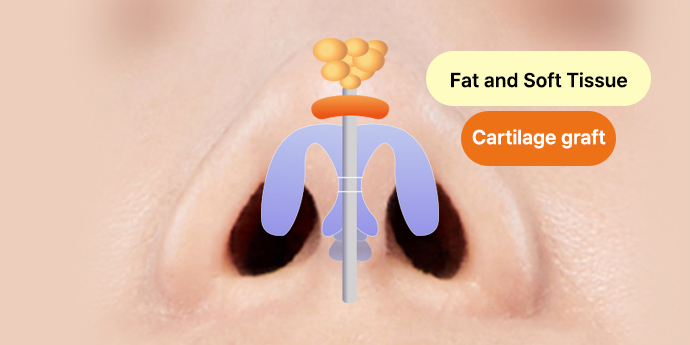
CASE 2. When There is Excess Fat and
Thick
Subcutaneous Tissue
Excess fat and soft tissue in the nasal tip are
removed to reduce
skin thickness, while autologous
cartilage is grafted and refined
to create a stable
support base and a sleek, elevated nose line.
Rhinoplasty, “VIEW” Is Art!
A prominent hump is precisely corrected to create a
smooth and refined contour, transforming your
appearance
into a softer and more approachable look.
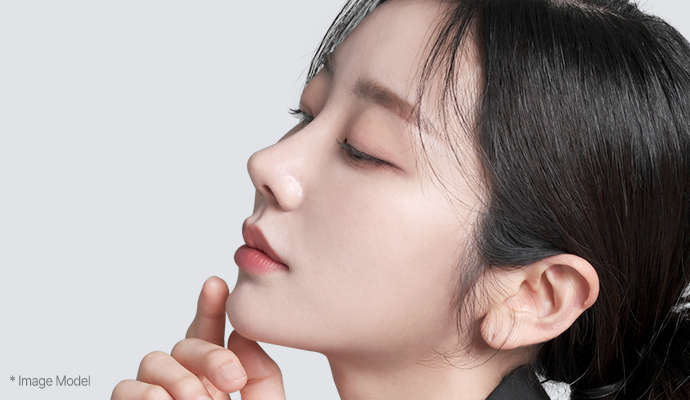
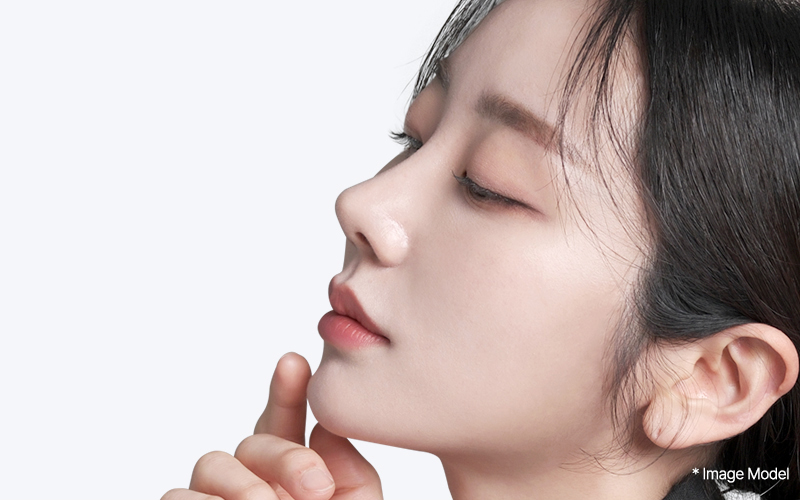
A Bumpy Hump
Transforms into a Smooth,
Soft Impression!
Hump Nose Surgery corrects a prominent nasal hump
by removing
excess nasal bone and septal cartilage
through osteotomy,
creating a sleek bridge and
refined tip tailored to individual needs
for a smooth,
harmonious nose line.
The severity of the nasal hump is carefully measured and
diagnosed to create a precise design.
A customized surgical plan tailored to various conditions ensures
natural results.
A smooth line is created from the starting point of the nasal
bridge to the tip, without any protrusions.
A harsh appearance is transformed into a soft and sophisticated image.
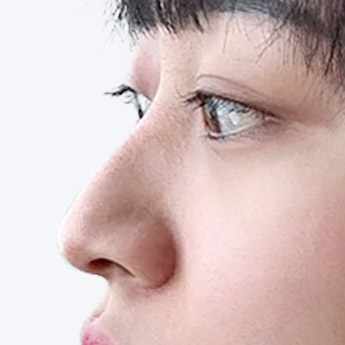
Before Surgery
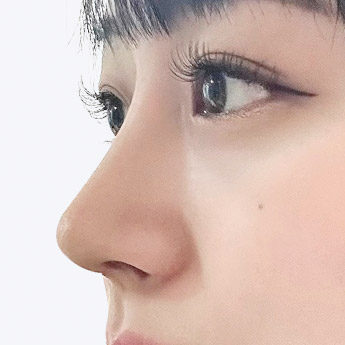
After 3 Weeks
CASE 01.
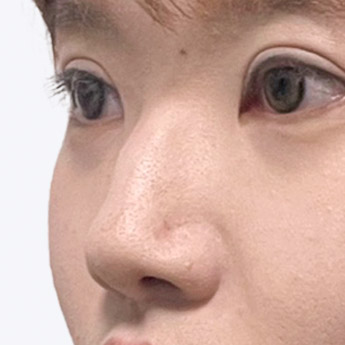
Before Surgery
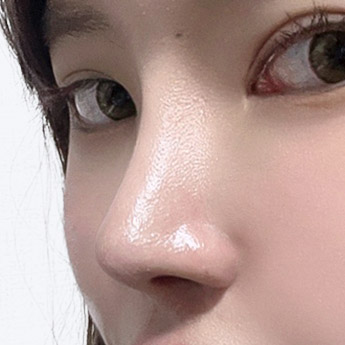
After 4 Weeks
CASE 02.
* This image was taken and published with the patient’s consent.
* Surgical results may vary depending on individual circumstances.
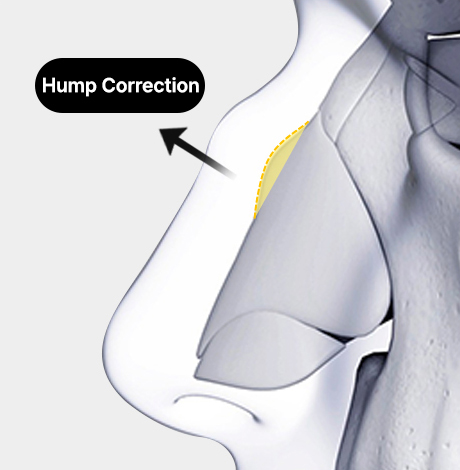
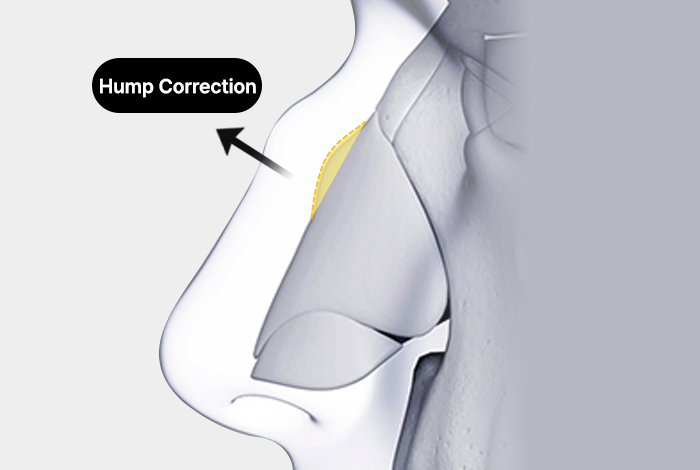
CASE 1. Mild Hump Nose
Depending on the severity,
the hump
area is either shaved
down or corrected
through osteotomy
to create a smooth nasal line.
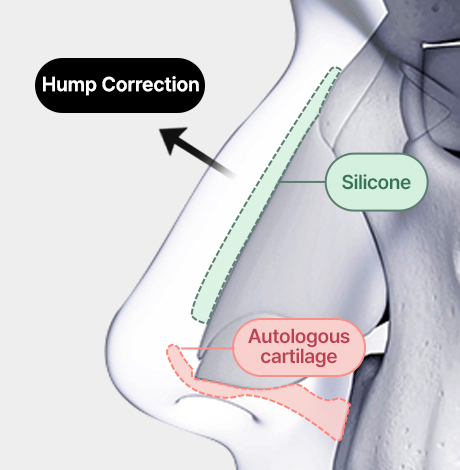
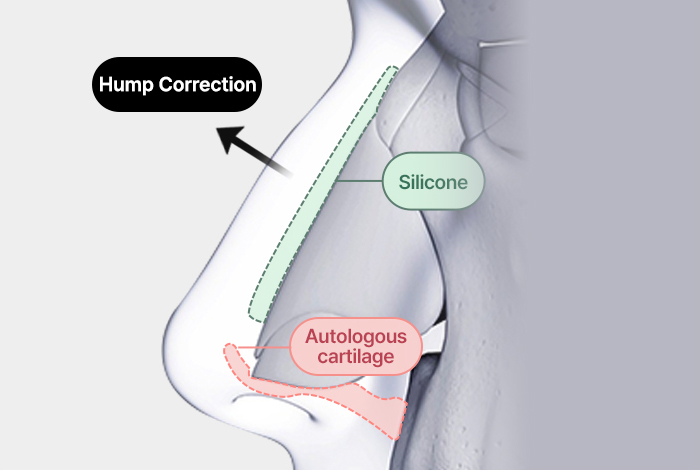
CASE 2. Low Hump Nose
After correcting the hump,
implants and
autologous
cartilage are inserted to achieve
the desired line and height.
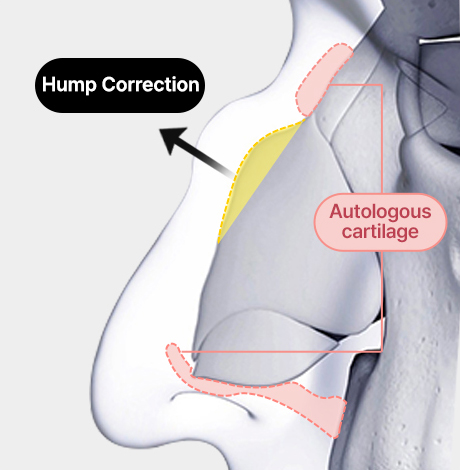
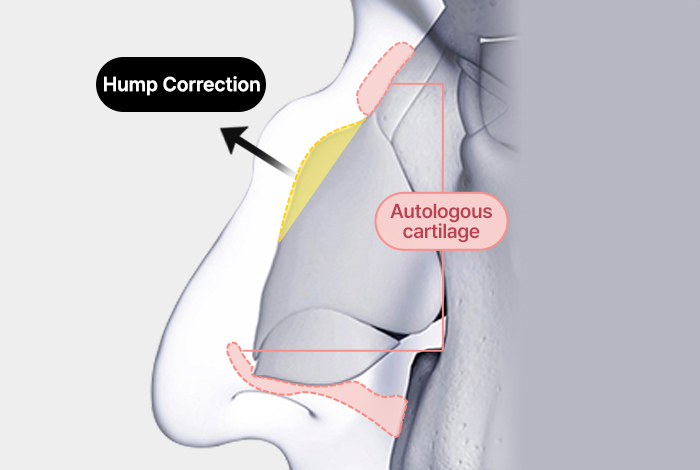
CASE 3. Severe Hump Nose
Autologous cartilage is inserted into the depressed
areas above and below the hump, and the nasal
bones
on both sides are corrected through
osteotomy
to achieve a smooth and harmonious line.
Rhinoplasty, VIEW Is Art!
Adjusting the nasal column angle for short or upturned
noses creates a sophisticated and attractive line.
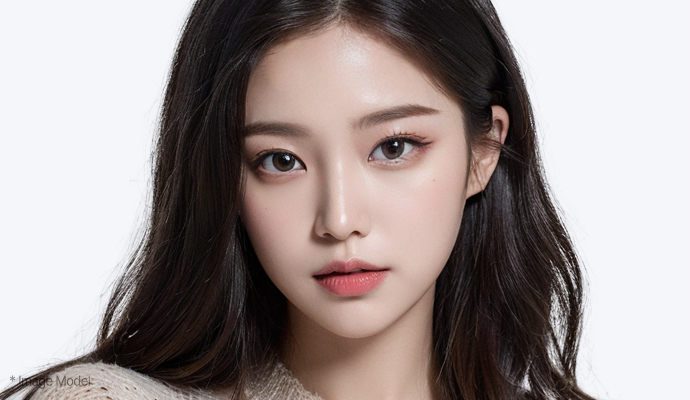

Precise Nasal Column
Angle Adjustments result in
A Sleek and Beautiful Nose
Line without an Upturned Tip!
Short noses, or “upturned noses,” refer to cases
where the nasal tip
appears raised from the front,
exposing an excessive amount of the
nostrils.
By extending the soft tissue and length of the nose
and gently
lowering the tip, the nose’s length and
proportion are naturally
enhanced to suit each
individual’s facial balance, improving both length
and tip positioning.
Careful diagnosis of Skin Thickness, Length, Nostril Exposure,
and Nasolabial Angle.
Improve to the optimal nose shape by customizing autologous
cartilage and biocompatible silicone
implants for each individual.
Erase the rustic impression of a “pig nose” and transform it
into an elegant image.
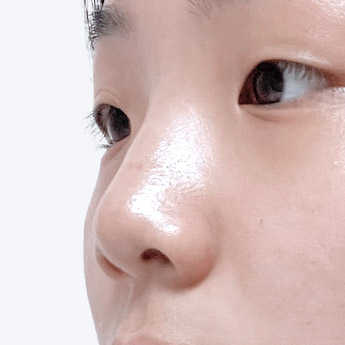
Before Surgery
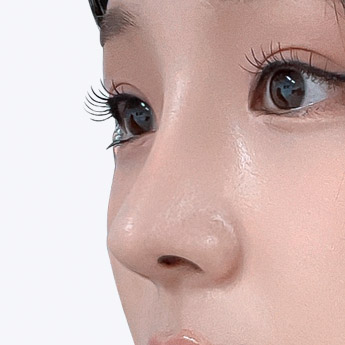
After 3 Weeks
CASE 01.
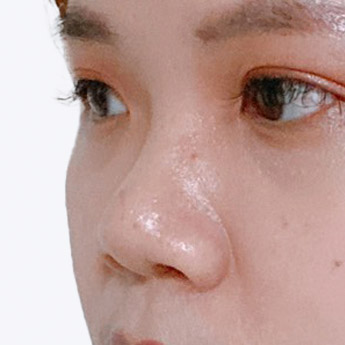
Before Surgery
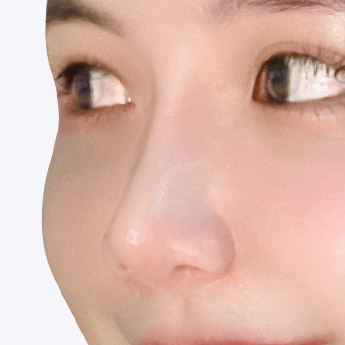
After 8 months
CASE 02.
* This image was taken and published with the patient’s consent.
* Surgical results may vary depending on individual circumstances.
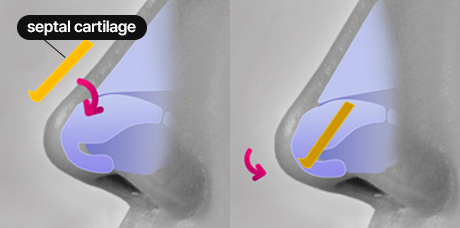
CASE 1. Upturned Nasal Tip
When the columella is elevated relative
to the nostrils, cartilage is grafted between
the septal cartilage and alar cartilage.
This adjustment moderately lowers
the nasal tip, making the nose appear longer.
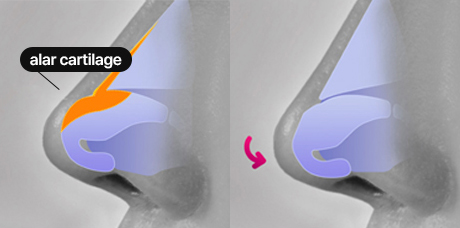
CASE 2. Upturned Nostrils
When the nostrils are overly exposed and appear
lifted, the upper part of the alar cartilage is dissected
and repositioned downward. This adjustment lowers
both the nostrils and the nasal tip, giving the
nose a more elongated and balanced appearance.
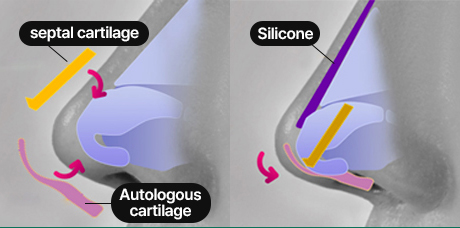
CASE 3. Overall Short Nose
Cartilage reshaping and grafting are performed
alongside the insertion of a silicone implant into the
nasal bridge. This extends the overall length
of the nose, from the bridge’s starting
point to the tip, for a harmonious and natural result.
Rhinoplasty, VIEW Is Art!
Design the droopy nasal tip in harmony with facial
features and firmly secure it with cartilage for a natural
and balanced correction.
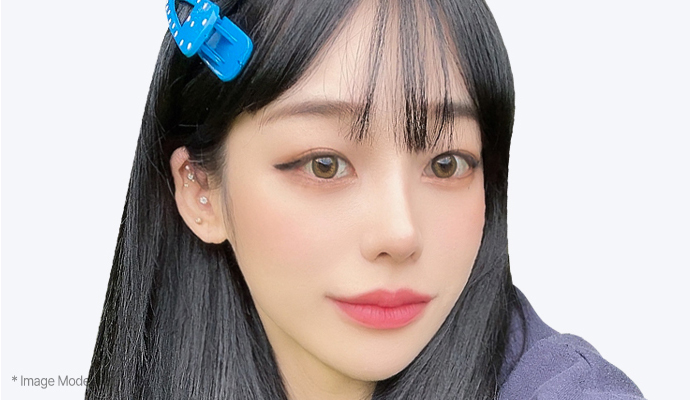
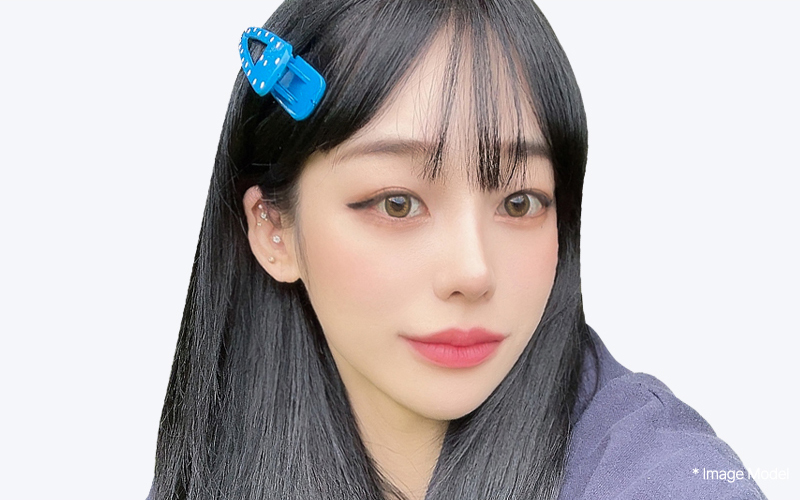
A long and droopy nasal tip that creates an aged
appearance is naturally corrected to achieve a
youthful and refreshed look!
Correct a long, droopy nasal tip
that makes you look older and
achieve a more youthful and
natural appearance!
A “hooked nose” refers to a nose where the tip droops, making the
nose appear excessively long and pointed, especially when smiling,
often resembling an arrowhead. The cause can be an overgrown
septal cartilage or downward-facing alar cartilage. Correction involves
adjusting the droopy nasal tip, transforming an aged and stern
impression into a softer and more youthful appearance.
A hooked nose refers to a nose with a drooping tip
that appears excessively long and pointed.
This can occur due to an elongated septal cartilage
or downward-facing alar cartilage at the nasal tip.
Consider the overall facial proportions and nasal length to design
a harmonious balance of features.
Correct a long and droopy nose that appeared aged to
achieve a youthful and refreshed look.
Secure the cartilage firmly to eliminate concerns about recurrence.
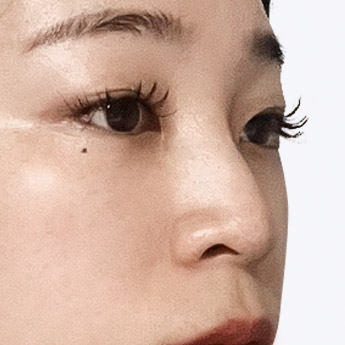
Before Surgery
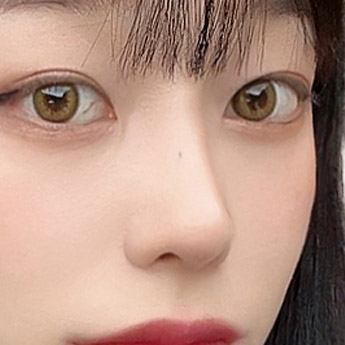
After 2 Months
CASE 01.
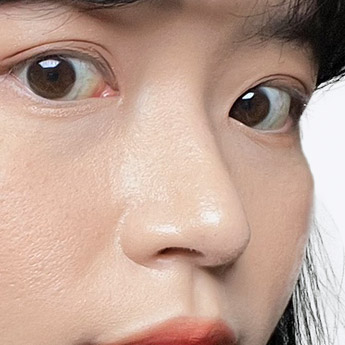
Before Surgery
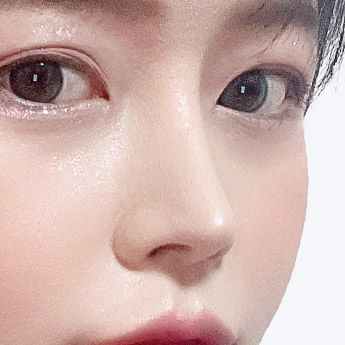
After 3 Weeks
CASE 02.
* This image was taken and published with the patient’s consent.
* Surgical results may vary depending on individual circumstances.
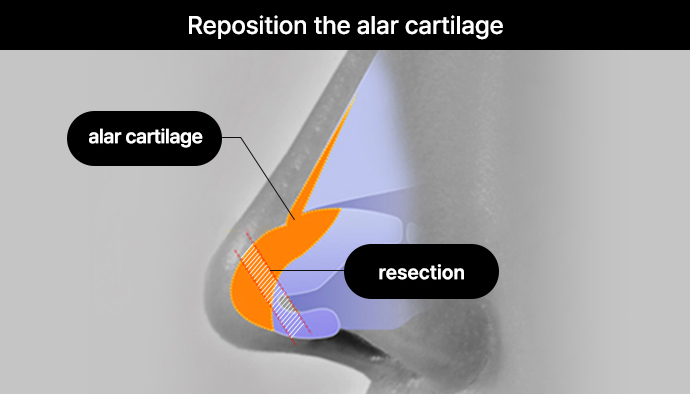
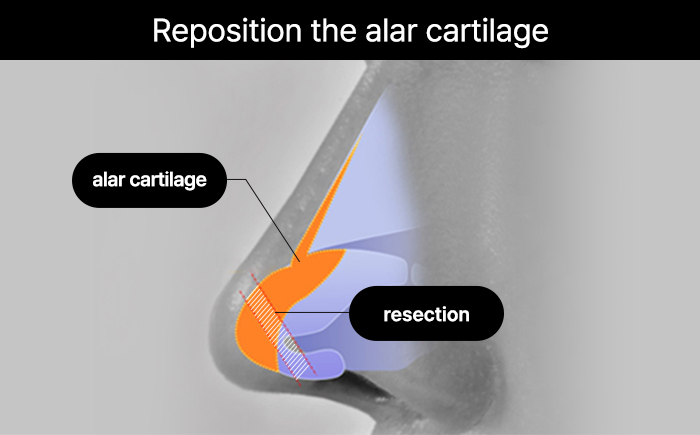
CASE 1. When the Alar Cartilage is
Large and Droopy
Resect the alar cartilage, rotate it upward,
and reposition it to naturally lift the droopy nasal tip.
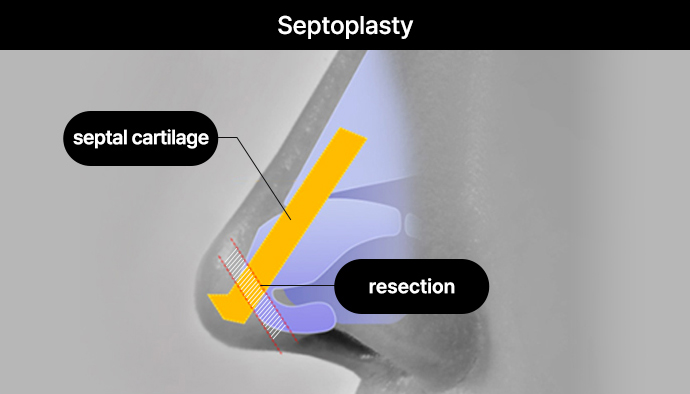
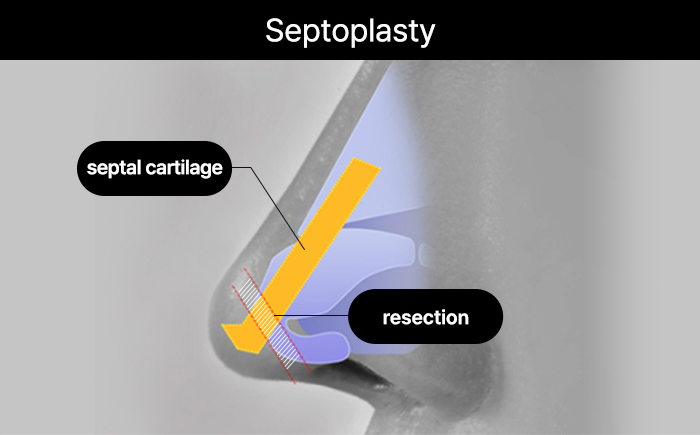
CASE 2. When the Septal Cartilage is
Overdeveloped
Partially remove the lower portion of the droopy
septal cartilage or sever
the muscles pulling
the nasal tip downward to correct the condition.
Rhinoplasty, “VIEW” Is Art!
Provide a customized solution through precise
diagnostic analysis to correct, enhance functionality,
and refine the nose’s appearance beautifully and
accurately.
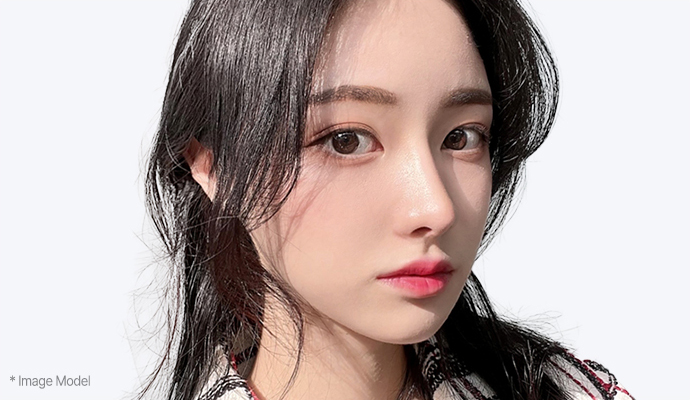
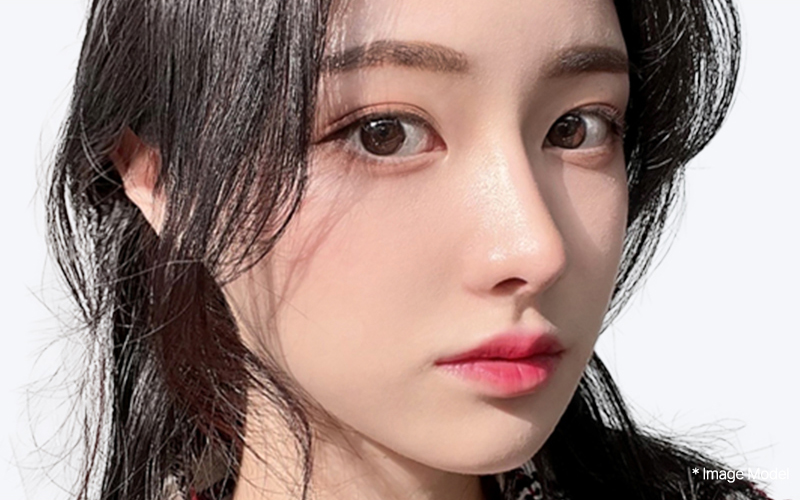
Correct the Crooked Nasal
Bridge and Tip to
Simultaneously Address both
Functional and
Aesthetic
Concerns!
Crooked Nose Surgery is a procedure to straighten a deviated nose
caused by structural internal issues or trauma leading to asymmetry
of the bone or cartilage. Depending on the severity of the deviation,
a crooked nose can affect breathing, causing discomfort. Through
3D-CT scans, it is determined whether the deviation stems from
internal cartilage or is simply an external appearance issue. Accurate
diagnosis is essential, followed by a customized surgical approach
to properly correct the condition.
Crooked Nose Surgery is a procedure to straighten a
deviated nose by using 3D-CT to accurately diagnose
whether the cartilage inside is bent or if the deviation
is only visible externally, followed by a customized
surgical method tailored to the condition for proper
correction.
Perform surgery using the most suitable method based on the
degree of nasal deviation.
Correct both aesthetic and functional aspects simultaneously.
Customize the procedure with optimized techniques for each
deviated bone and cartilage.
Straighten the crooked nasal bridge to achieve a refined and
polished appearance.
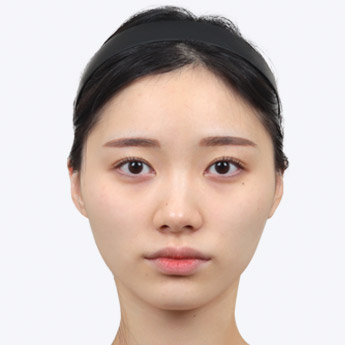
Before Surgery
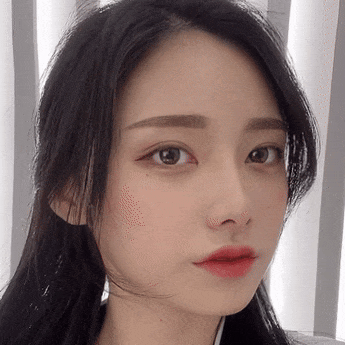
After 1 Month
CASE 01.
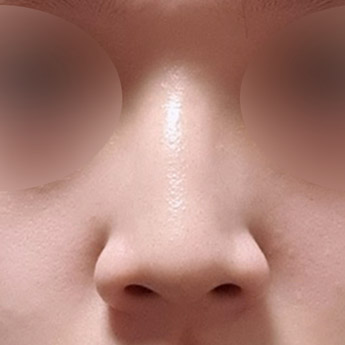
Before Surgery
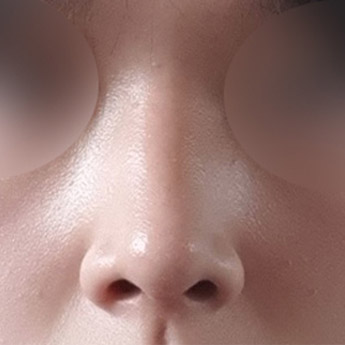
After 1 Month
CASE 02.
* This image was taken and published with the patient’s consent.
* Surgical results may vary depending on individual circumstances.
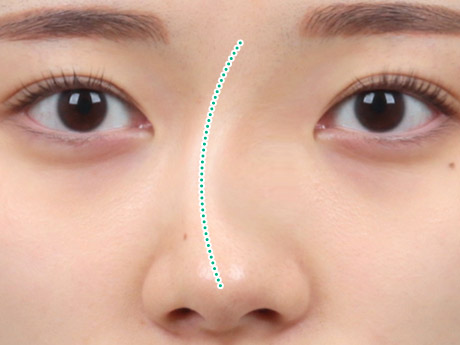
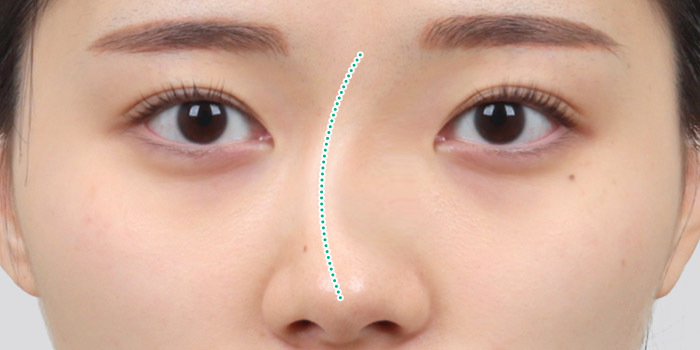
C - Shaped
The nose curves in a C shape,
with the middle of the nasal bridge and the tip
being noticeably deviated.
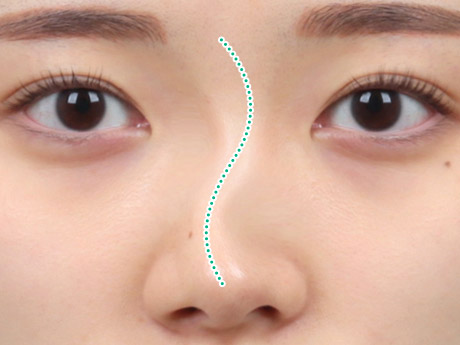
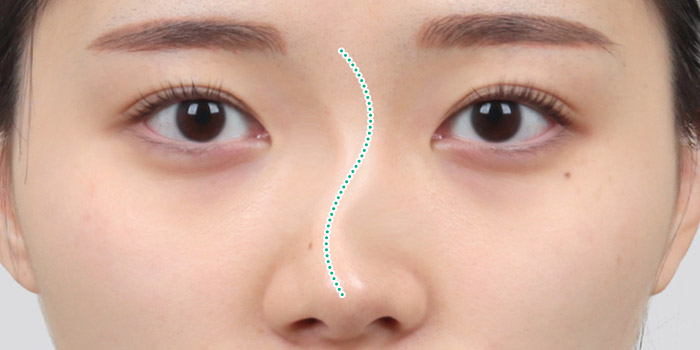
S - Shaped
The line from the starting point of the
nasal bridge through the middle to the tip forms
an S shape, appearing curved throughout.
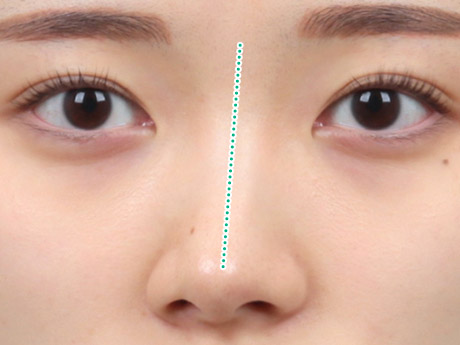
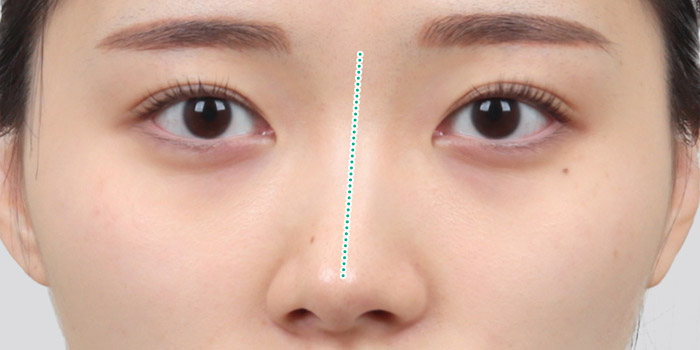
Diagonally Shaped
The nose deviates in a diagonal line from
the starting point of the nasal bridge to the tip,
bending in one direction.
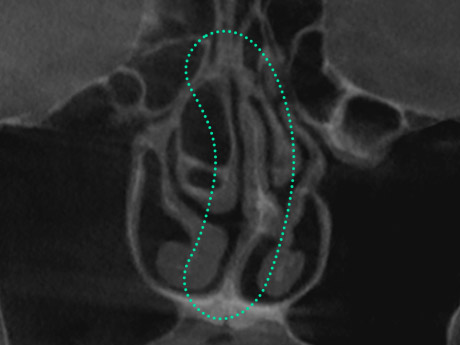
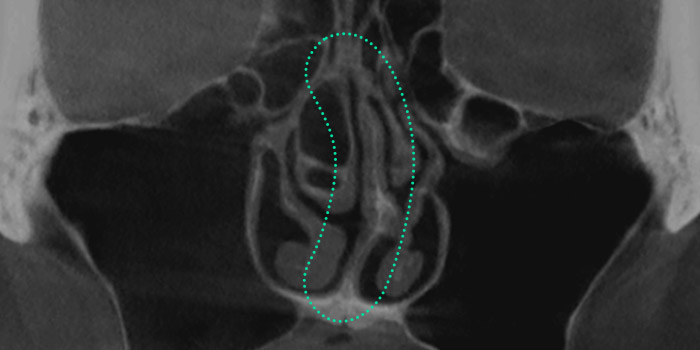
Septal Deviation
A condition where the septal cartilage,
which supports the center of the nose, is bent.
This can lead to functional impairments
such as nasal obstruction, rhinitis, and
sinusitis, and often causes visible nasal
bridge deviation.
When the cartilage located at the center of the nose
becomes bent, it can cause functional issues
such as nasal obstruction, rhinitis, and sinusitis.
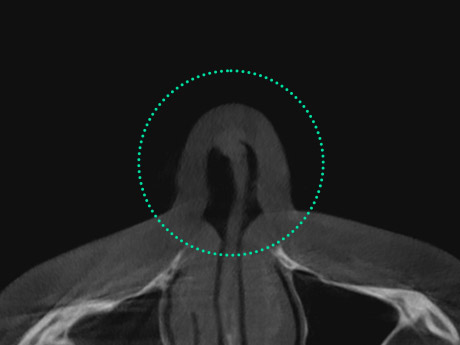
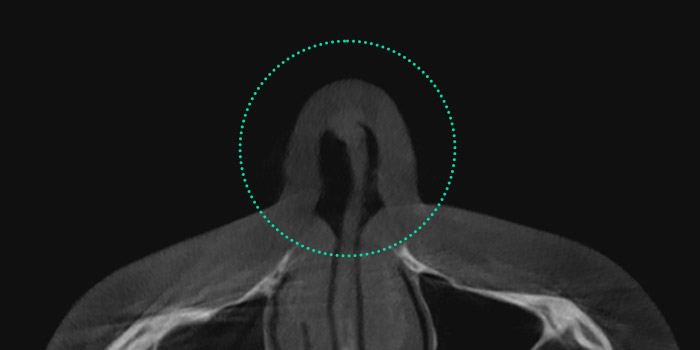
Nasal Valve Stenosis
The nasal valve, located at the upper part
of the internal nose, regulates airflow.
When the septal cartilage is bent, it narrows
this passage, resulting in breathing difficulties and
nasal obstruction. This condition, known as nasal
valve stenosis, is more common in individuals
with a low nasal bridge.
Narrowing of the upper internal nasal area,
responsible for regulating airflow, leads to nasal
obstruction and sleep disorders.
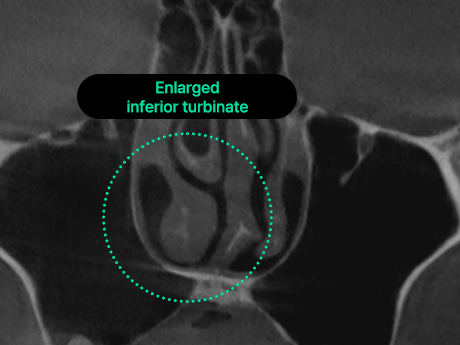
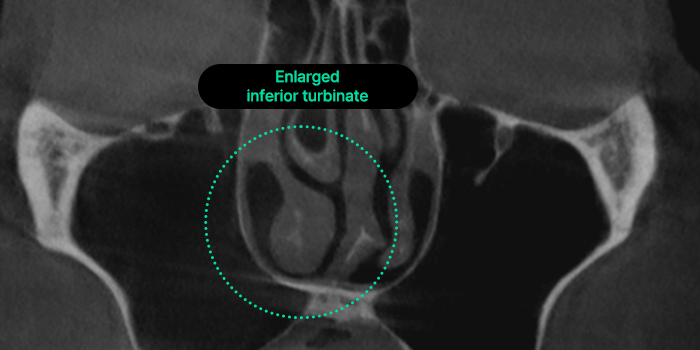
Hypertrophic Rhinitis
A result of chronic rhinitis, this condition deforms
the internal nasal structure, causing symptoms
such as nasal obstruction, snoring, and chronic
headaches. Allergic rhinitis may also accompany
it, where the nasal mucosa overreacts to certain
substances, leading to symptoms like runny
nose and nasal congestion.
Inflammation in the nasal mucosa, specifically
in the ‘inferior turbinate,’ causes it to enlarge,
resulting in nasal obstruction and loss of smell.
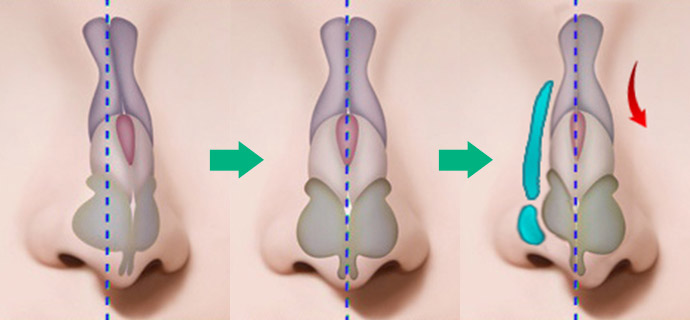
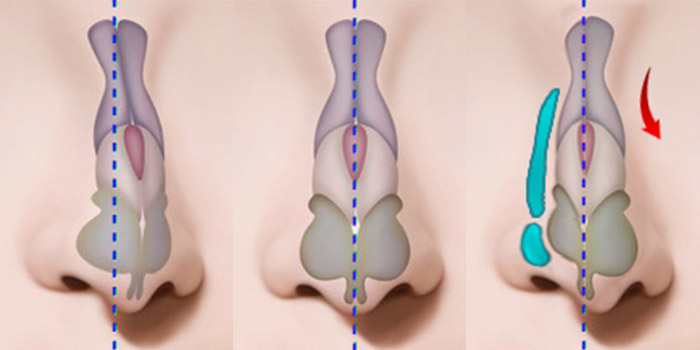
CASE 1. Mild Deviation
The cause and degree of the deviation are diagnosed,
and areas for adjustment are identified. Slightly protruding
sections are shaved down, while sunken areas are filled with
implants or cartilage to align and smooth the deviated portions.
The cause and degree of the deviation are diagnosed,
and areas for adjustment are identified.
Slightly protruding sections are shaved down,
while sunken areas are filled with implants or cartilage
to align and smooth the deviated portions.
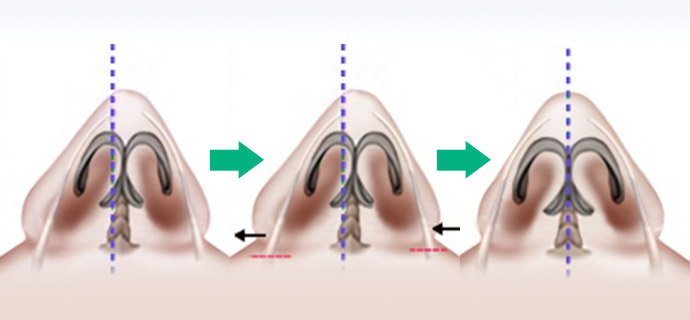
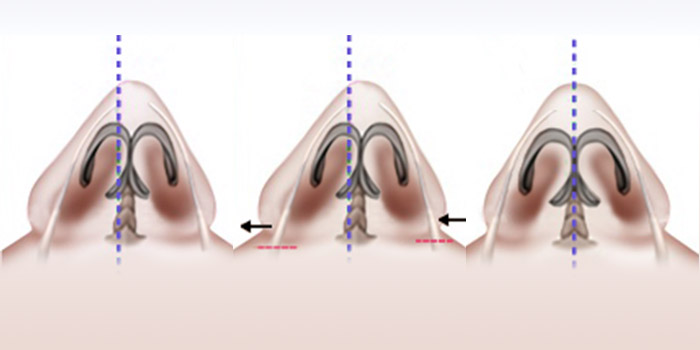
CASE 2. Severe Deviation
For significant deviations, both sides of the crooked
nasal bones are fractured and repositioned inward to
straighten the central line. Septoplasty is then performed to
correct asymmetry in the lateral cartilage.
For significant deviations, both sides of the crooked
nasal bones are fractured and repositioned
inward to straighten the central line.
Septoplasty is then performed to correct
asymmetry in the lateral cartilage.
Customized Nose Line
Just for You
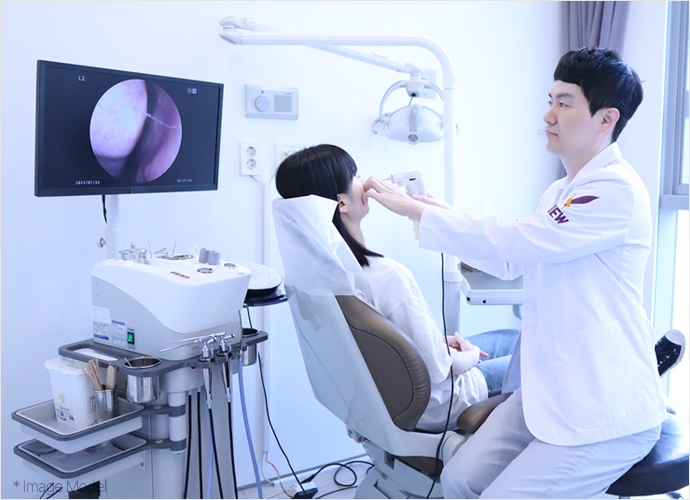
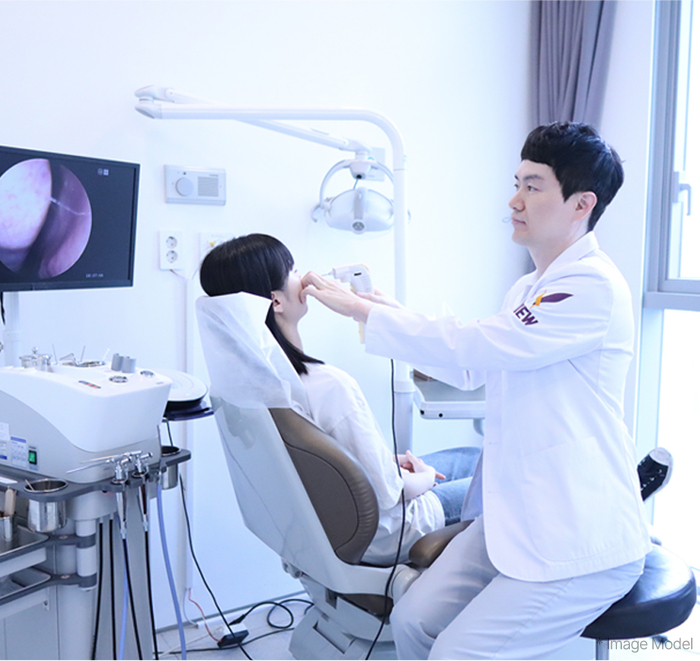
With Years of Expertise,
Offering
Minimal scarring, shorter
surgery
times, and faster
recovery!
Through extensive experience with diverse cases,
we conduct a precise analysis of both aesthetic and functional
nasal issues. Based on individual symptoms, we perform the
most suitable surgical method, minimizing tissue damage and
scarring, reducing swelling with shorter surgery times,
and providing tailored aftercare for a quick recovery.
After a precise analysis of both aesthetic and
functional issues of the nose, we perform
surgery using the most suitable method tailored
to each individual's condition. This approach
minimizes tissue damage and scarring, shortens
surgery time, reduces swelling, and supports a
quick recovery through personalized aftercare.
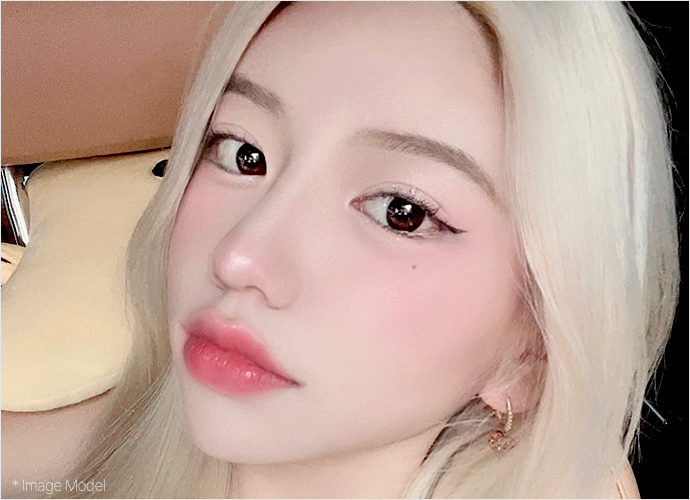
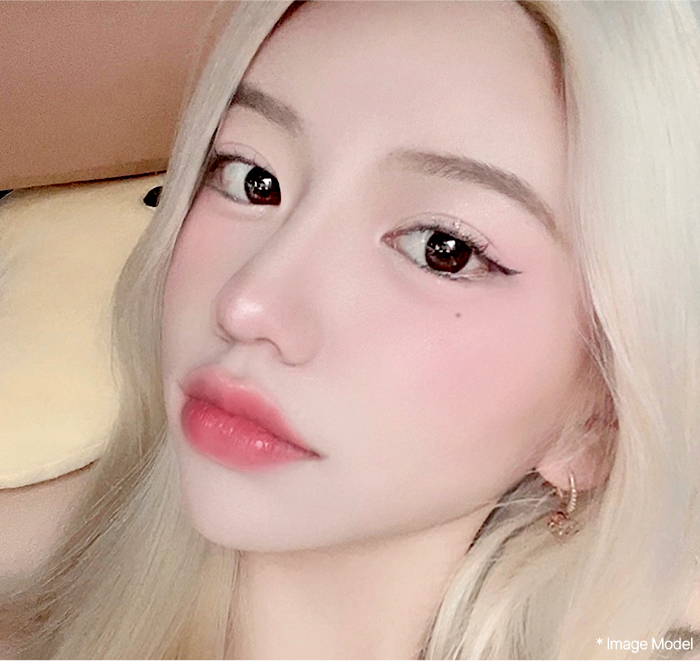
We Provide Customized
Implants,
1:1 Tailored Solutions.
By closely examining the current condition to identify any issues,
we offer solutions tailored to each patient's unique needs.
Using biocompatible implants and autologous tissue, we create
a natural and stable nose line for optimal results.
By closely examining the current condition to
identify any issues, we offer solutions tailored to
each patient's unique needs.
Using biocompatible implants and autologous
tissue, we create a natural and stable nose line
for optimal results.
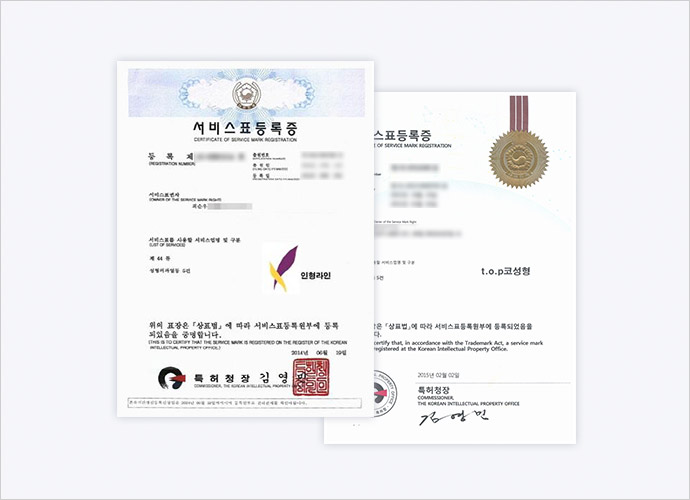
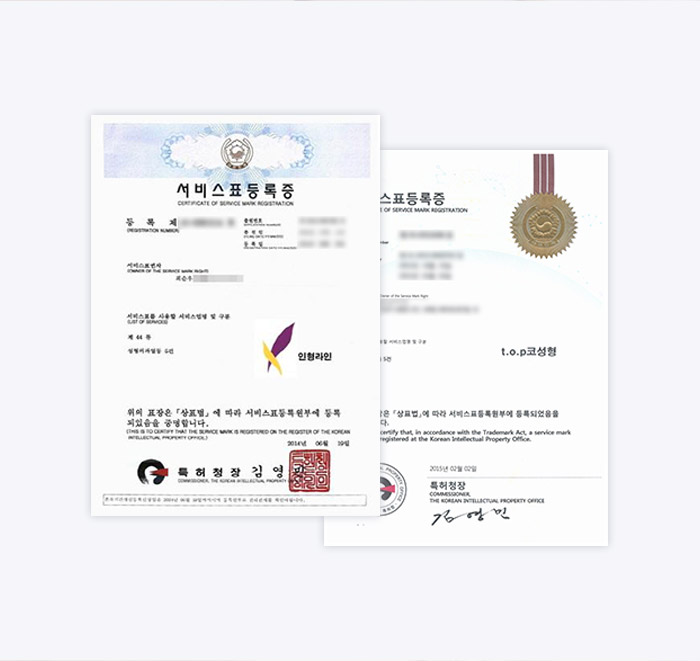
Trademark Acquisition for
“Doll Line” and
“ Top Rhinoplasty”
Globally Recognized
Excellence of VIEW!
View Plastic Surgery’s outstanding rhinoplasty expertise
attracts patients from various countries. We have also secured
trademarks (service mark registrations) from the Korean
Intellectual Property Office for “Doll Line” and “TOP Rhinoplasty,”
solidifying our reputation for excellence.
View Plastic Surgery’s outstanding rhinoplasty
expertise attracts patients from various
countries. We have also secured trademarks
(service mark registrations) from the Korean
Intellectual Property Office for “Doll Line” and “
TOP Rhinoplasty,” solidifying our reputation for
excellence.
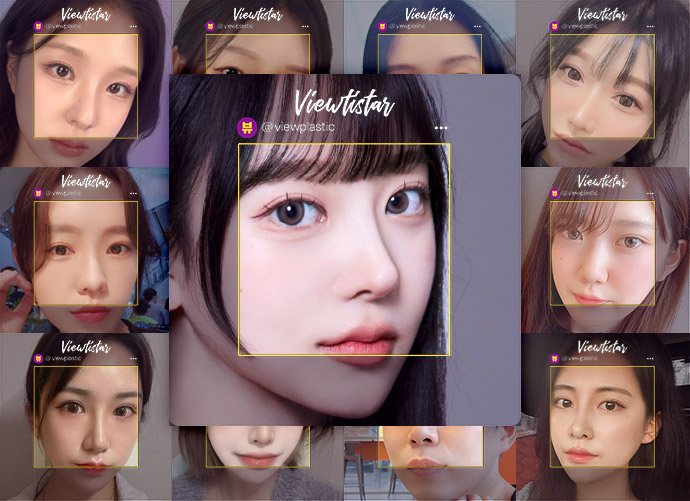
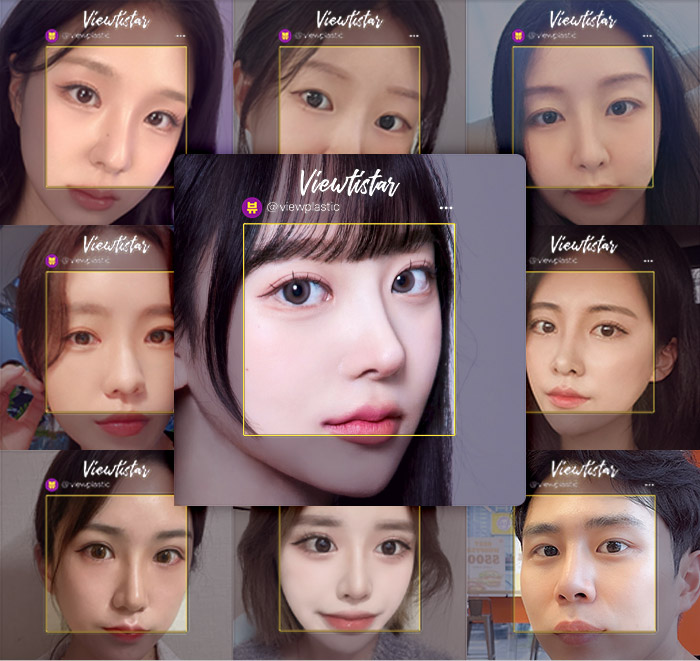
Since 2005
Proven Expertise at “VIEW”
Through Numerous Reviews
Since 2005
Proven Expertise at “VIEW”
Through Numerous
Reviews
Since its founding in 2005, VIEW has earned recognition through
numerous positive reviews and extensive experience with diverse
cases, skillfully correcting both internal structures and external
appearances to create naturally beautiful and refined nose lines
tailored to any shape or desired style.
Since its founding in 2005, VIEW has earned
recognition through numerous positive reviews
and extensive experience with diverse cases,
skillfully correcting both internal structures and
external appearances to create naturally
beautiful and refined nose lines tailored to any
shape or desired style.
‘VIEW’ Rhinoplasty Real Selfies
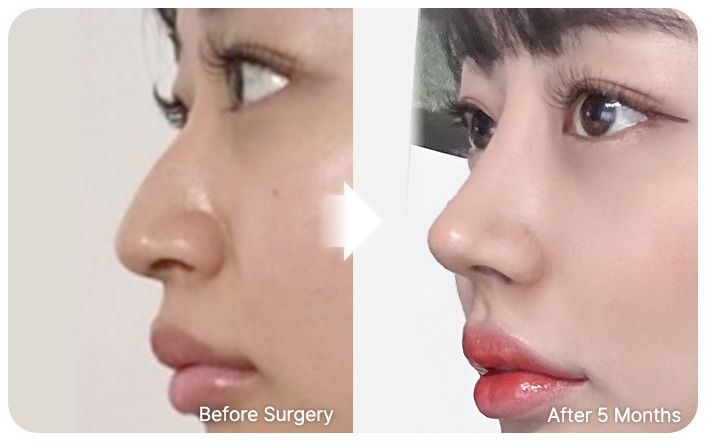

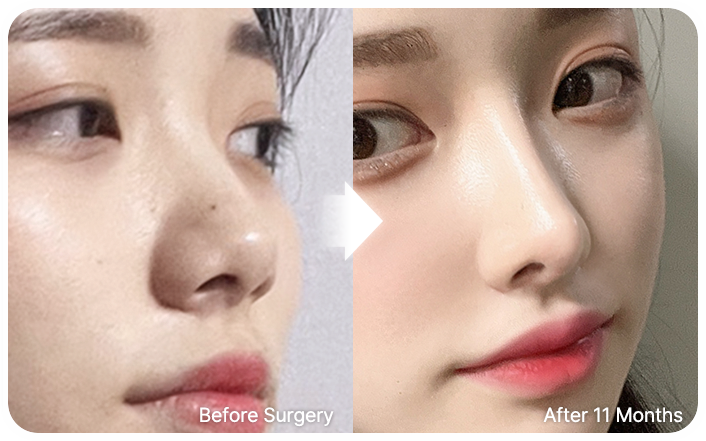

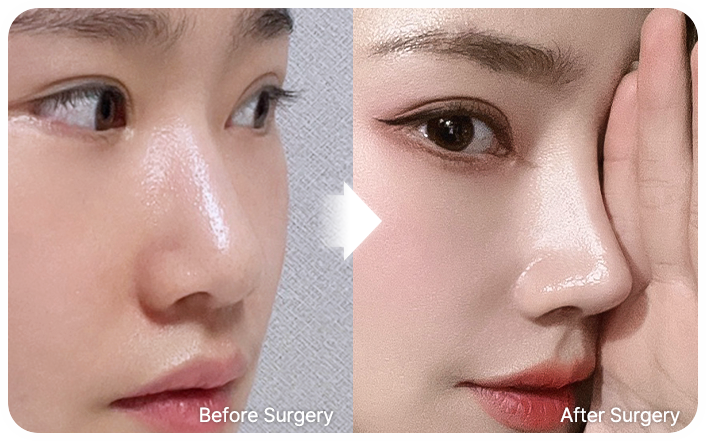

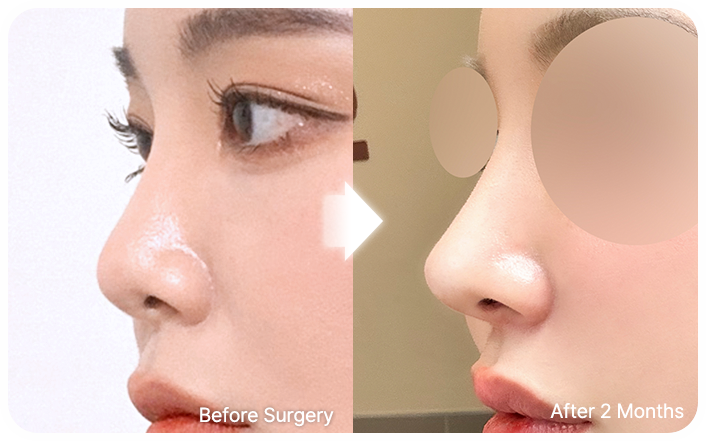

Rhinoplasty
All-In-One System
An optimized system covering consultation,
examination,
surgery, recovery, and aftercare.
Personalized Aftercare
We provide a tailored and systematic
post-surgery care program to promote quick recovery
and minimize concerns about scarring.
AftercareLearn moreRhinoplasty
All-In-One System
An optimized system covering consultation,
examination,
surgery, recovery, and aftercare.
In-House Examination Center
With our in-house examination center, we offer a one-stop system
that ensures safe surgery and comprehensive aftercare,
covering everything from pre-surgery evaluations
to post-surgery check-ups, all within a single facility.
AftercareLearn moreEnhanced Longevity!
Perfectly Matches
Your Face Over Time
* Image Model

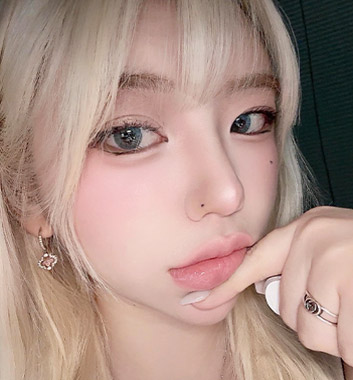
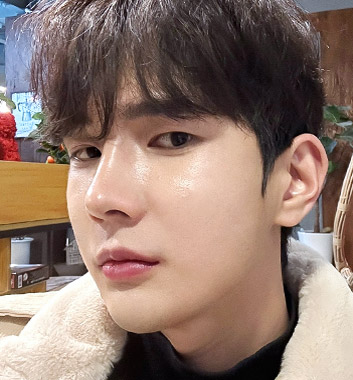
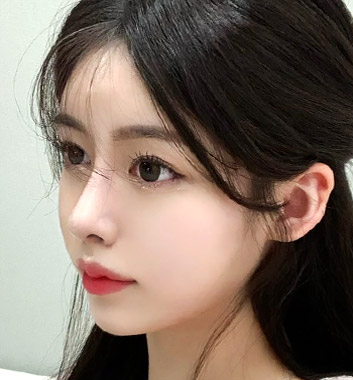

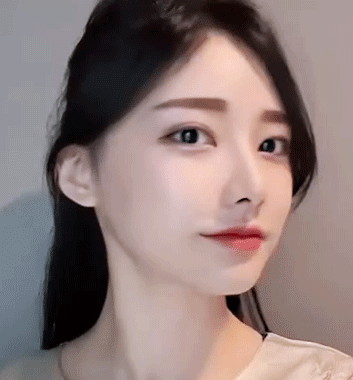
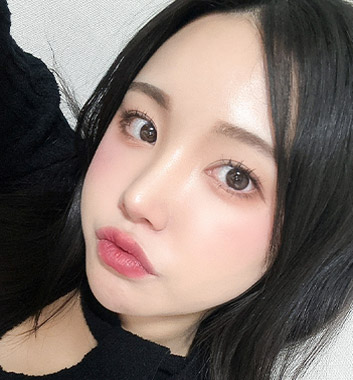

Specialized Rhinoplasty Dream Team
VIEW Rhinoplasty
Dream Team

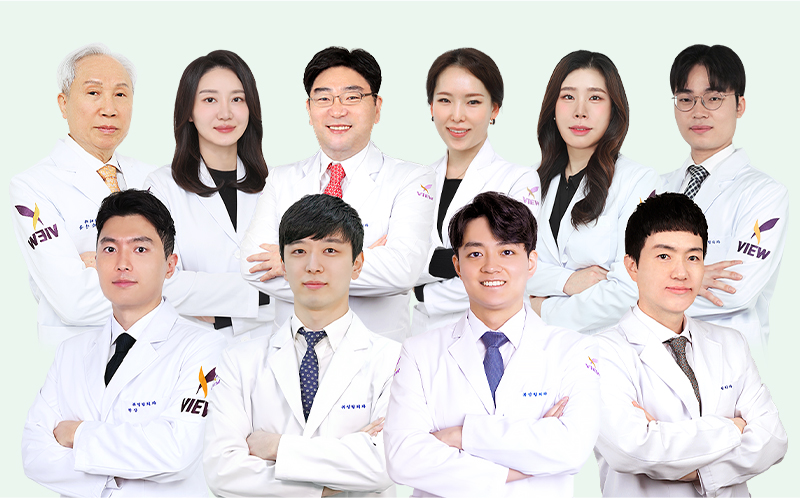
We provide personalized designs that harmonize
with your overall facial features and ensure
a seamless, one-stop process from pre- and
post-operative examinations to surgery, recovery,
and aftercare, delivering safe and highly satisfying
rhinoplasty results.
VIEW Plastic Surgery’s
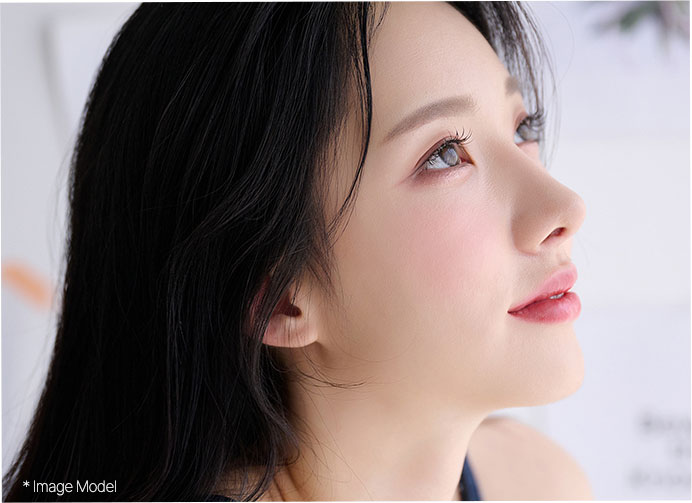
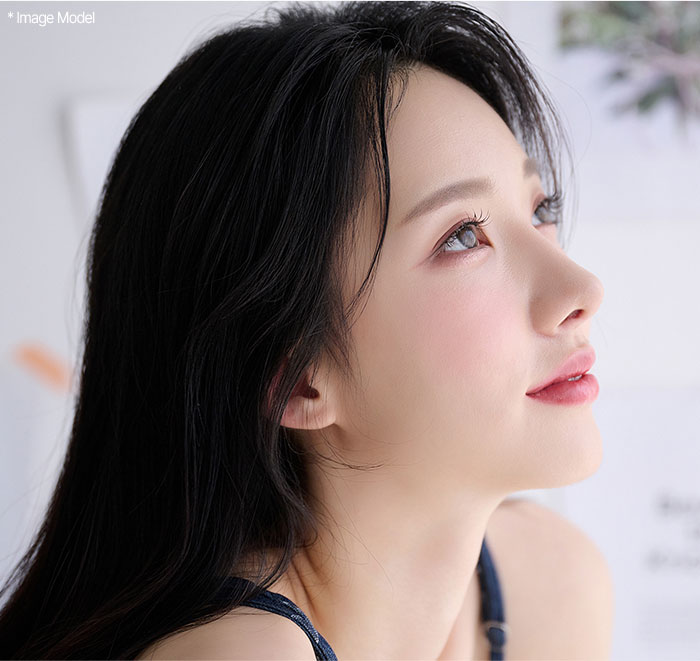
Based on Ideal Proportions
A Beautiful Nose
with
No Deformities
Through
Personalized 1:1 Surgery
Since every individual has unique facial features and proportions,
simply raising the nose bridge is not enough. At VIEW,
we perform a detailed, multidimensional analysis of each patient's
overall facial structure, including the proportion of features,
forehead-to-nose angle, and nasolabial angle. Using this analysis,
we design the most suitable line for each individual, determining
the ideal height for the bridge and tip. With carefully selected
implants, we ensure long-lasting, deformation-free results that
deliver high satisfaction over time.
Rather than simply raising the nose bridge,
we conduct a detailed analysis to determine the
most suitable line and ideal height for the
bridge and tip, designing and using customized
implants to deliver long-lasting, deforma-
tion-free, and highly satisfying results.
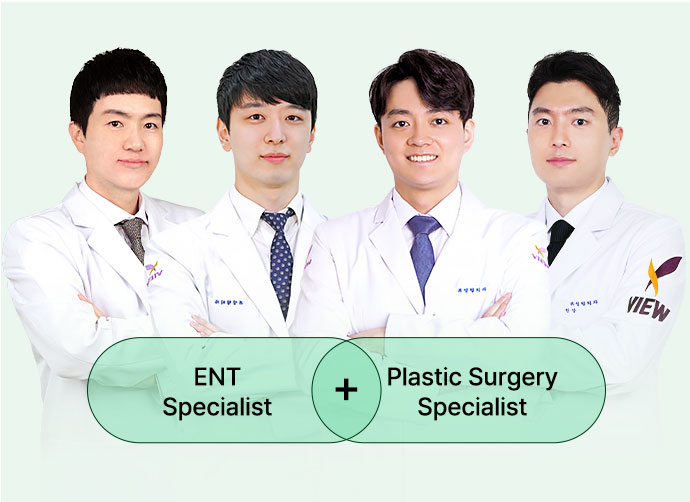
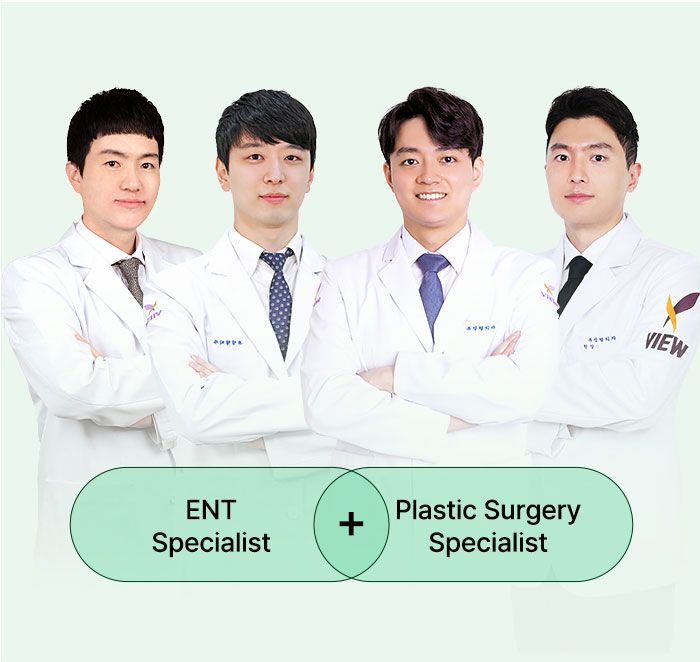
Plastic Surgery and
ENT Specialists
Collaboration System
VIEW Plastic Surgery offers a collaborative
system between
plastic surgeons and
ENT specialists. Through 3D-CT and
endoscopic
diagnosis, we address discomfort caused by
nasal conditions such as nasal congestion,
rhinitis, and
sinusitis, while refining the nose line
to create a more defined
and harmonious
appearance.
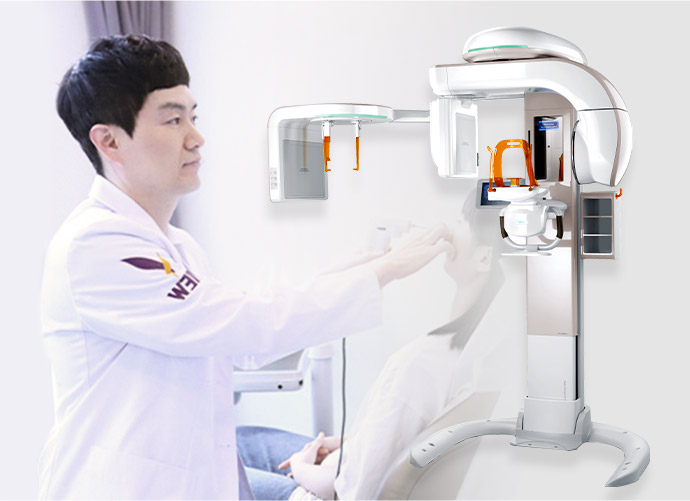
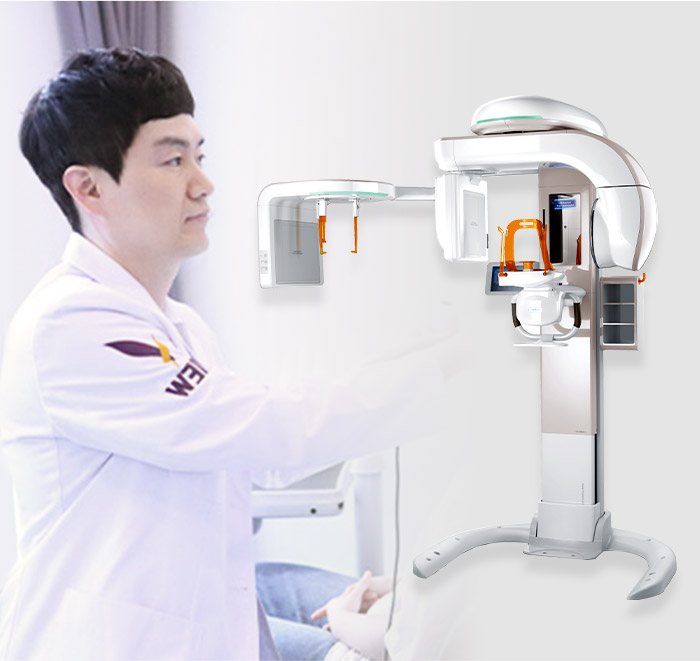
Establish a Surgical Plan
after
a Precise Examination
of the
Internal Nasal
Structure and
Tissue
Condition
Using nasal
Endoscopy and
3D-CT
Through detailed examinations of the internal
nasal structure
and tissue using 3D-CT and
endoscopy, we accurately
diagnose hidden
issues. Based on these findings,
we identify
the exact causes and develop a
personalized 1:1 surgical plan
tailored to each
patient.


On-Site Insurance
Specialist for
Medical Guidance on
Nasal
Disorder Surgeries
Surgeries for nasal conditions causing issues like nasal
congestion and chronic headaches are classified as treatment
procedures and may be eligible for medical expense
reimbursement. At VIEW Plastic Surgery, an on-site insurance
specialist is available to guide you through the process and help
you access medical reimbursement benefits.
Surgeries for nasal conditions, classified as
treatment procedures eligible for medical
expense reimbursement, are supported at
VIEW Plastic Surgery with an on-site insurance
specialist to assist you.
*Medical reimbursement eligibility varies depending on your
insurance policy
coverage.
*For detailed information, please contact your insurance provider.
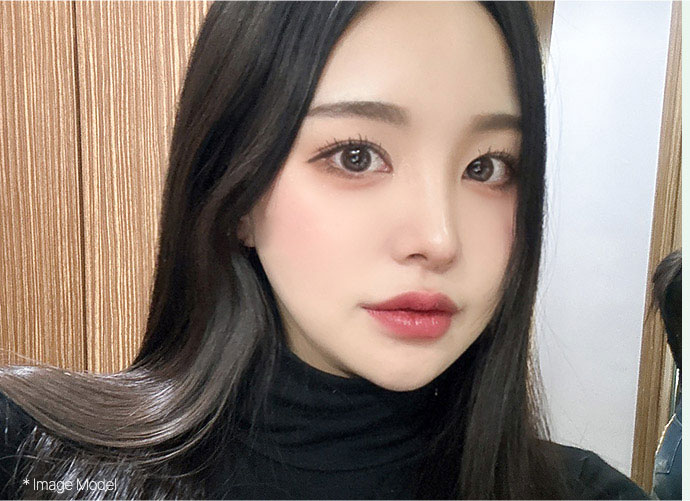
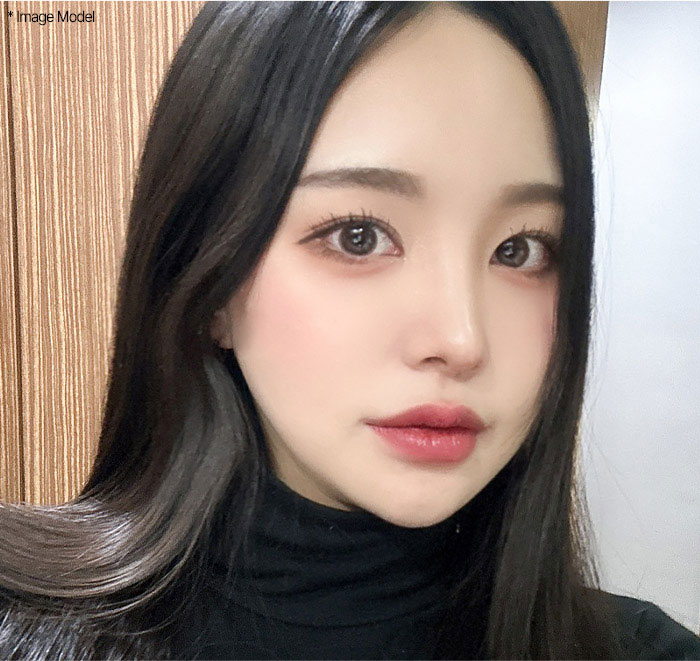
From Implants to
Autologous
Tissue
Personalized Prosthetics
for
Each Individual
Depending on the shape of the nose and the
degree of change
desired, we select the most
suitable prosthetic material, from
implants to
autologous tissue, to perform a fully customized
pro-
cedure. Experienced plastic surgeons with
in-depth
knowledge of the characteristics,
advantages,
and disadvantages of all materials
develop the optimal
surgical plan for each patient.
VIEW Plastic Surgery
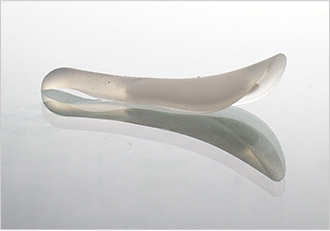
Silicone
A commonly used implant for elevating the
nose bridge, silicone is non-absorbable by
the skin, making it ideal for maintaining a
stable nose line without shape deformation.
A commonly used
implant that is not
absorbed by the skin,
making it ideal for
maintaining a stable
nose line without shape
deformation.
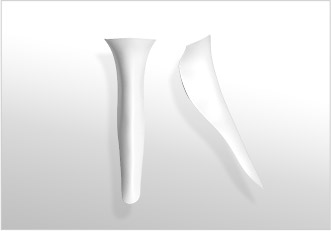
3D Customized Silicone
A 1:1 personalized implant specifically
designed to fit the individual’s nose,
significantly reducing complications such
as gaps, warping, or transparency, ensuring
a safer surgical outcome.
A 1:1 customized
implant significantly
reduces complications
such as gaps, warping,
and transparency,
ensuring a safe surgical
procedure.
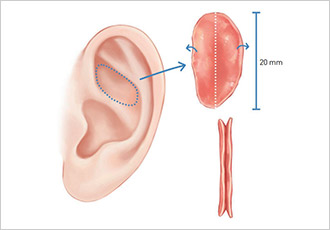
Ear Cartilage
A natural choice for shaping the tip of the
nose, with minimal risk of transparency
due to its autologous nature.
A natural choice for
shaping the tip of the
nose, with minimal risk
of transparency due to
its autologous nature.
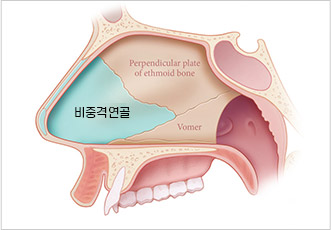
Septal Cartilage
Cartilage from inside the nose, most
commonly used in rhinoplasty as a
foundational autologous material.
Cartilage from inside
the nose, most commonly
used in rhinoplasty as a
foundational
autologous material.
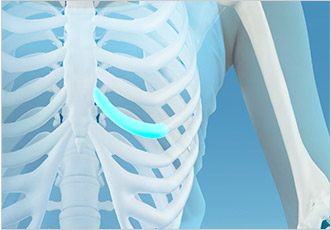
Rib Cartilage
Used when ear cartilage or septal cartilage
is insufficient or when a stronger,
more durable cartilage is required.
Used when ear cartilage
or septal cartilage is in-
sufficient or when a
stronger, more durable
cartilage is required.
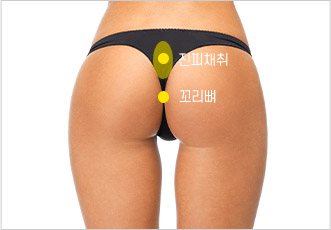
Autologous Dermis
An autologous material used for thin nasal
skin or when there is a lack of soft tissue
on the nasal bridge.
An autologous material
used for thin nasal skin
or when there is a lack
of soft tissue on the
nasal bridge.
Confident in Every Nose
There is no fixed answer in rhinoplasty.
At VIEW Plastic Surgery, we do not perform the same surgery
on everyone. With the rich expertise and aesthetic sense of
our dedicated rhinoplasty specialists, we focus on each
individual patient, considering their desired improvements,
facial structure, and current condition to create the ideal
nose line for them.
At “VIEW,” we don’t perform the same surgery for
everyone. Instead, our dedicated rhinoplasty
specialists focus on each individual patient,
leveraging their extensive expertise and aesthetic
sense to create the ideal nose line tailored to each
person’s unique needs and preferences.
* Image Model
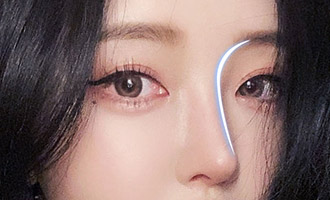
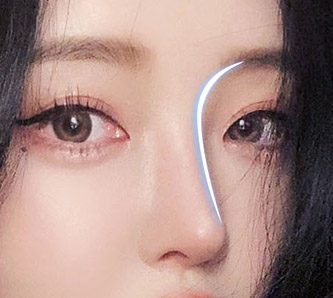
A sleek and defined line
that runs straight from
the bridge
to the tip
without any curves,
creating a sharp and
sophisticated image.
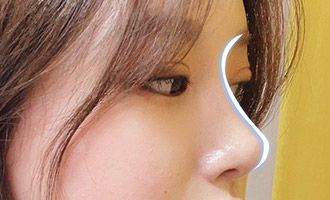
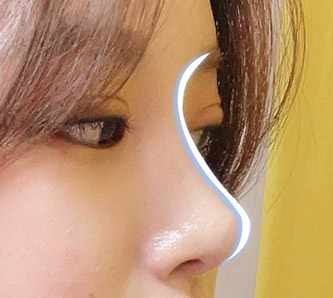
A line that forms a
gentle curve from the
bridge to the tip,
offering a more natural
and soft appearance
compared
to the
traditional curved line.
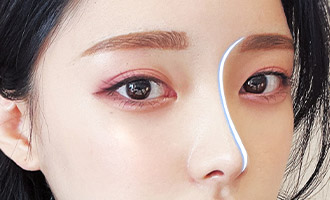
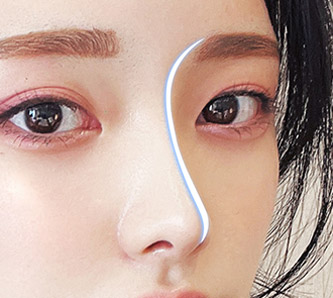
Closer to a straight line
than the semi-curved
line,
with softer and
more gradual slopes,
exuding an elegant
and
refined image.
* Image Model
For Healthy and Beautiful
Results

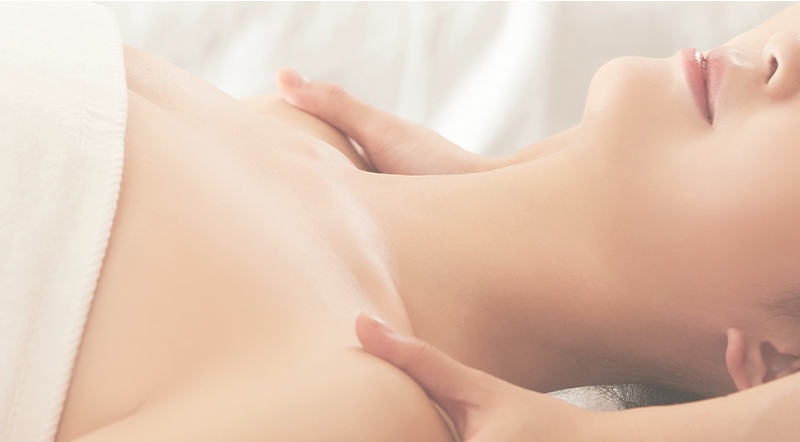
Surgery Day


Progress Check
3 Days After


Surgical area
Check and Dressing
1 Week After


Begin the care
program after removing
the nasal splint
1 -3 Months


Regular Progress Check
* Subject to Change Based on Individual Conditions. *
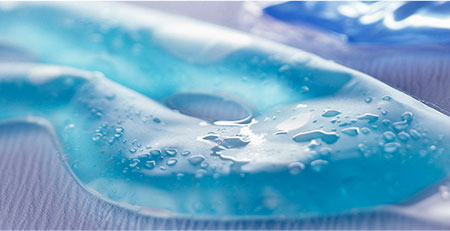

We provide self-care
education and products
to help reduce swelling.
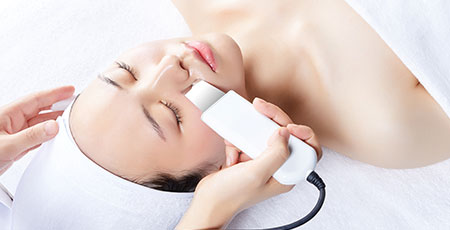

We provide personalized
aftercare based
on
individual recovery speed
to aid in faster
and
healthier recovery.
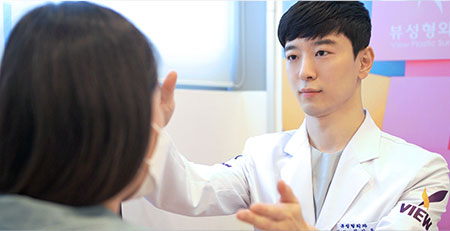

The attending physician
who performed the
surgery
carefully checks
the progress and
recovery process.
Address
107, Bongeunsa-ro, Gangnam-gu, Seoul, Korea
(201-14 Nonhyeon-dong)
Nearest Subway Station: Sinnonhyeon Station, Line 9
Working
hours
Weekday : AM 10:00 – PM 7:00
Friday : AM 10:00 – PM 9:00 (Late Treatment)
Saturday : AM 10:00 – PM 5:00
Tel.
02-539-1177
VIEW is recognized
worldwide
View Plastic Surgery's medical technology,
professional medical staff,
and safety systems are recognized worldwide
Clients from all over the world visit View Plastic Surgery.

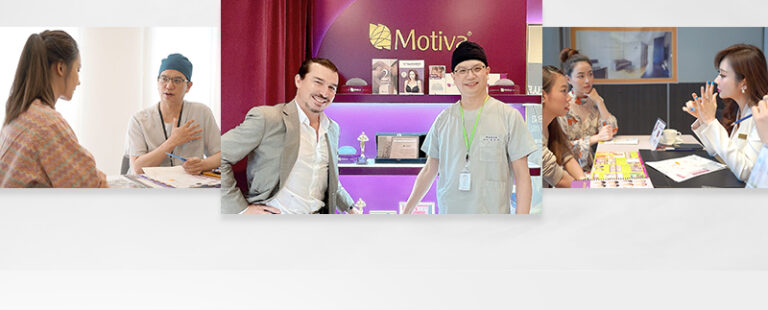












There may be complications such as bleeding, infection, and inflammation after surgery. Subjective satisfaction may vary between individuals.
Address: 107, Bongeunsa-ro, Gangnam-gu, Seoul, Korea (201-14 Nonhyeon-dong)
Tel : +82-2-539-1177 | Fax : 02-539-1132
Business Name : View Plastic Surgery | CEO : Choi Soon Woo | License No. : 220-08-86777
ⓒ Copyright COPYRIGHT©2017 View Plastic Surgery. ALL RIGHTS RESERVED.


A crooked nose often involves not only the visible appearance but also the internal nasal structure.
Common types, including C-shaped, S-shaped, and diagonally shaped deviations, often accompany functional issues like septal deviation or nasal
valve stenosis, requiring precise 3D-CT and nasal endoscopy examinations to determine the cause and apply tailored solutions.
A crooked nose often involves deviations in the internal
nasal structure, with common types including C-shaped,
S-shaped, and diagonally shaped forms, frequently
accompanied by functional issues ike septal
deviation or nasal valve stenosis, making it crucial to identify
the exact cause.